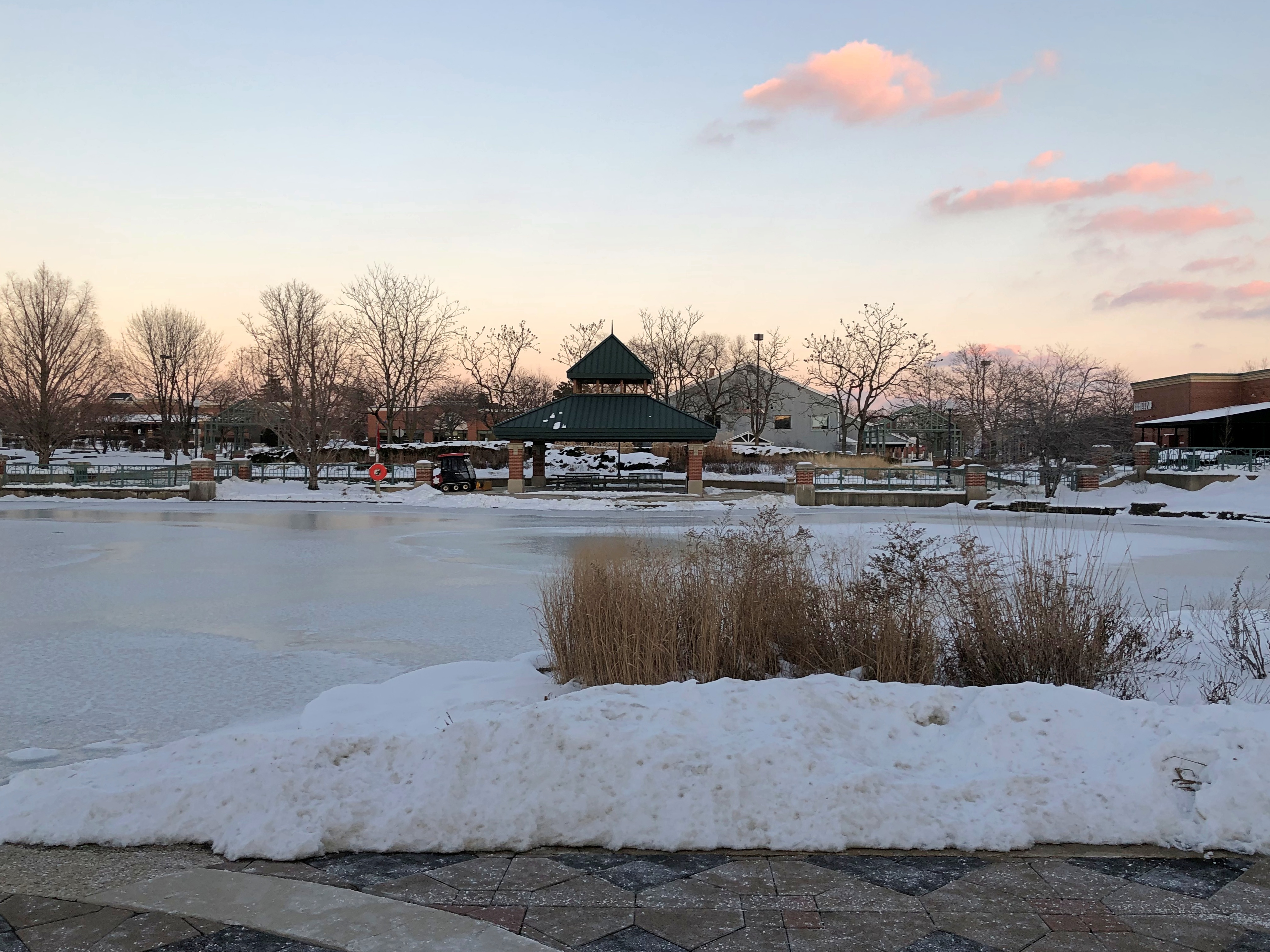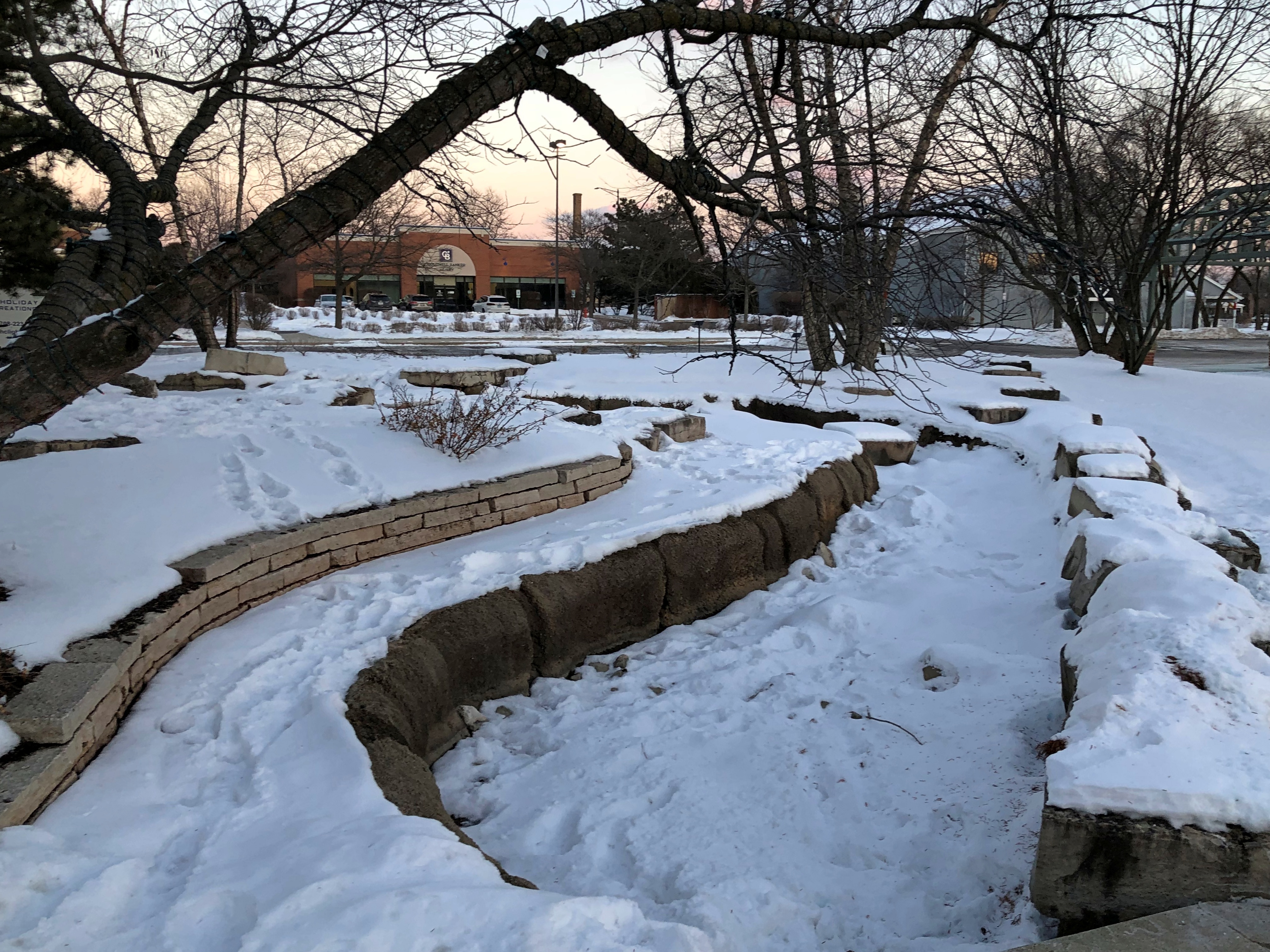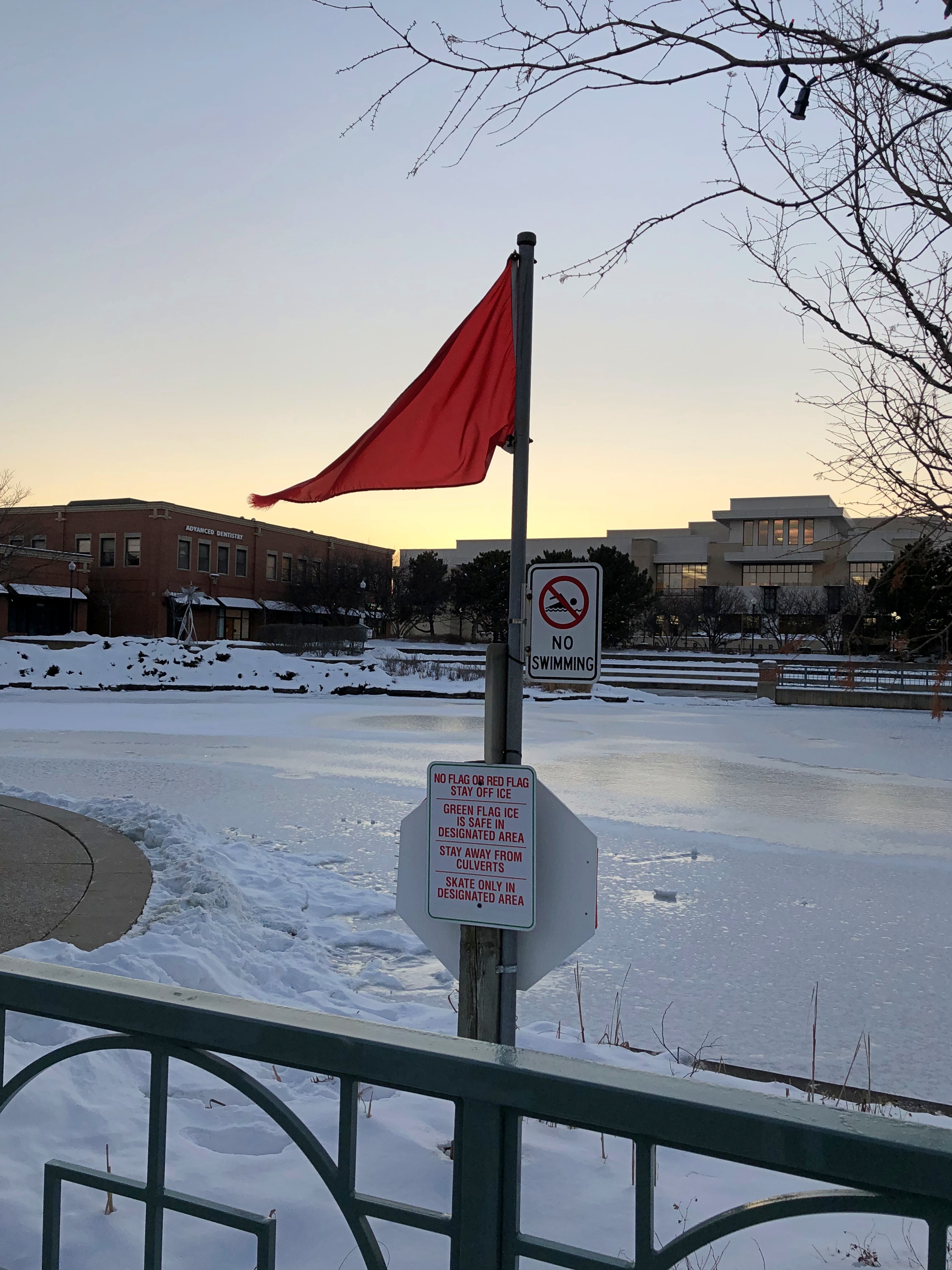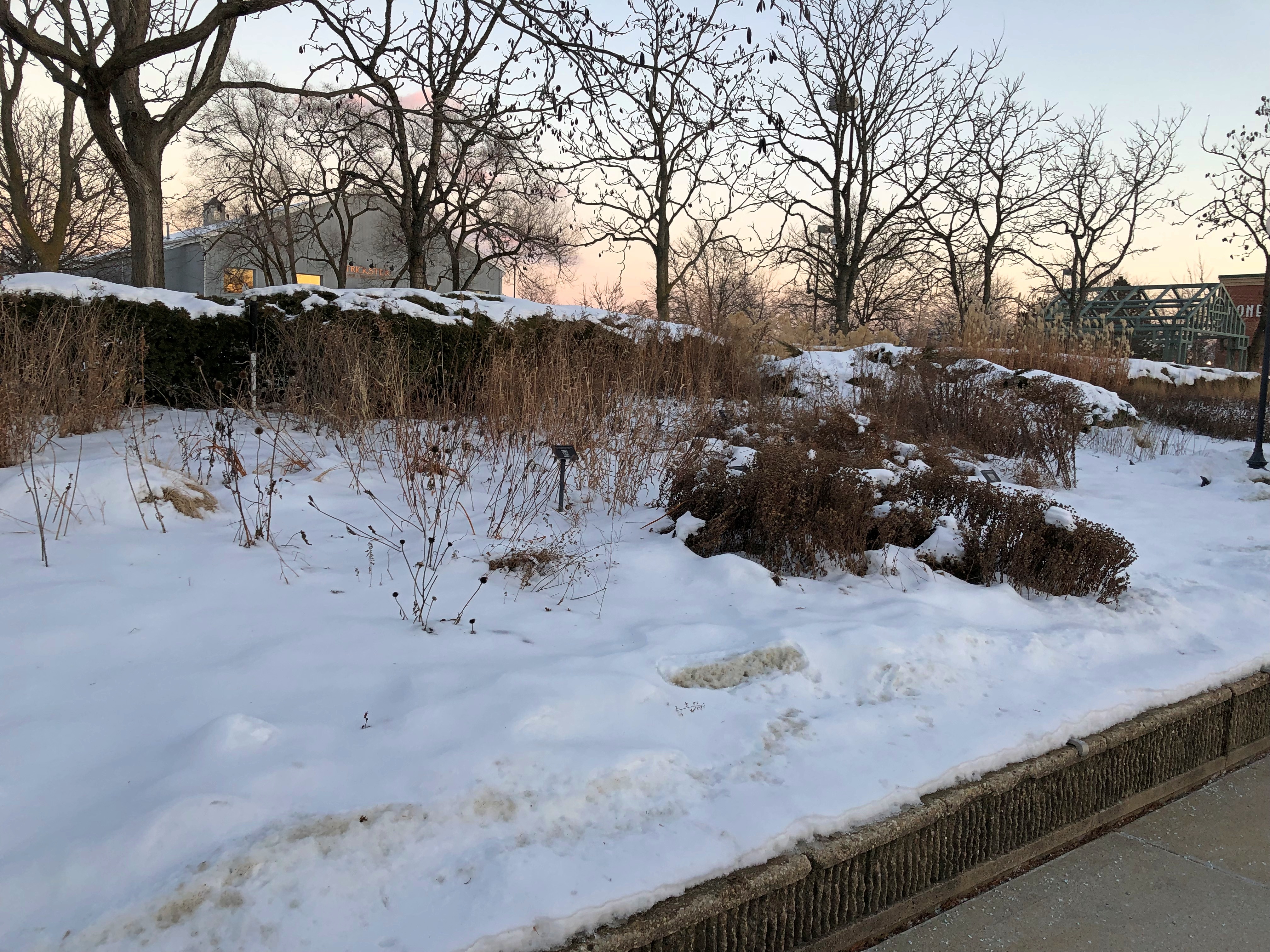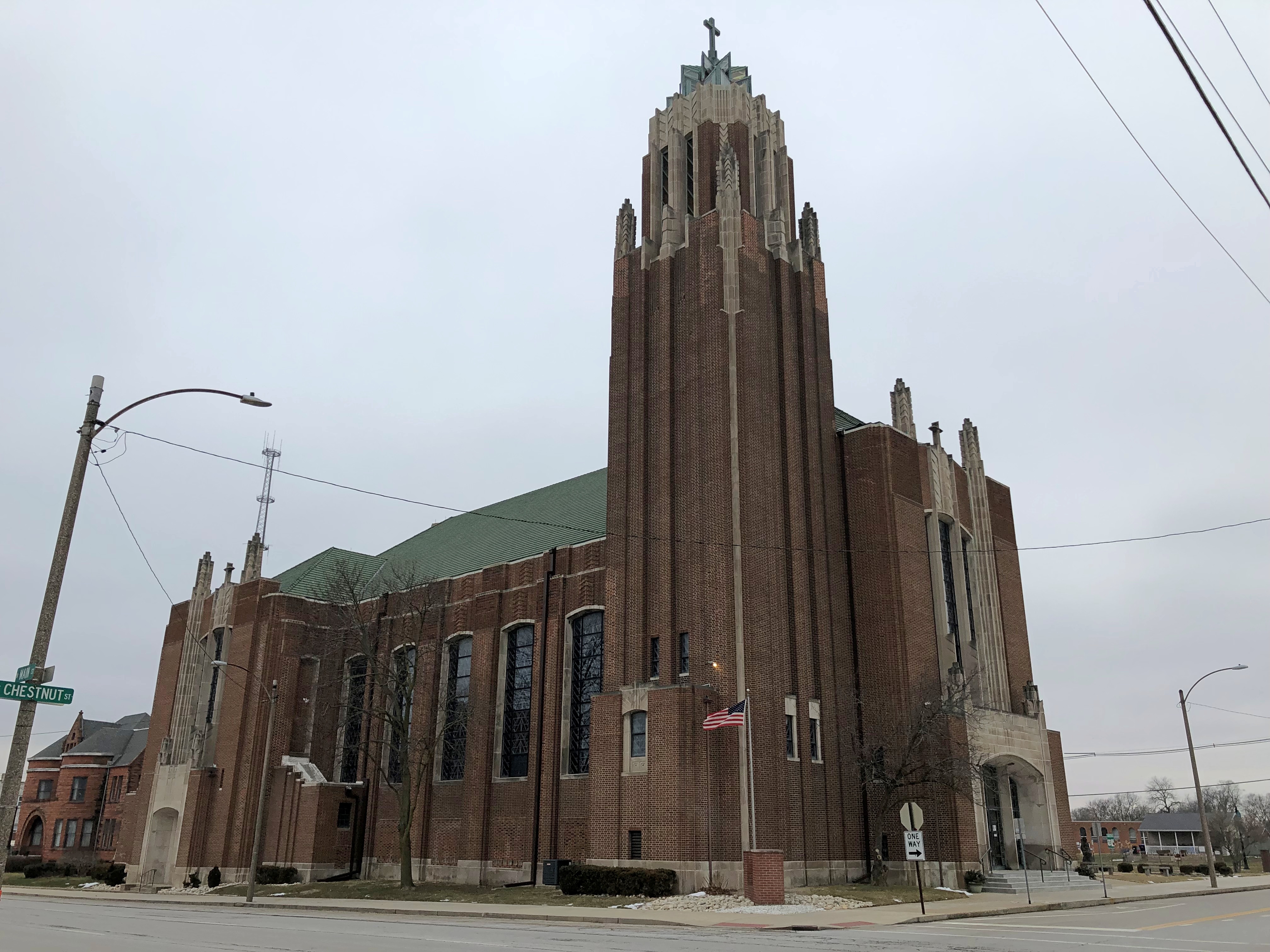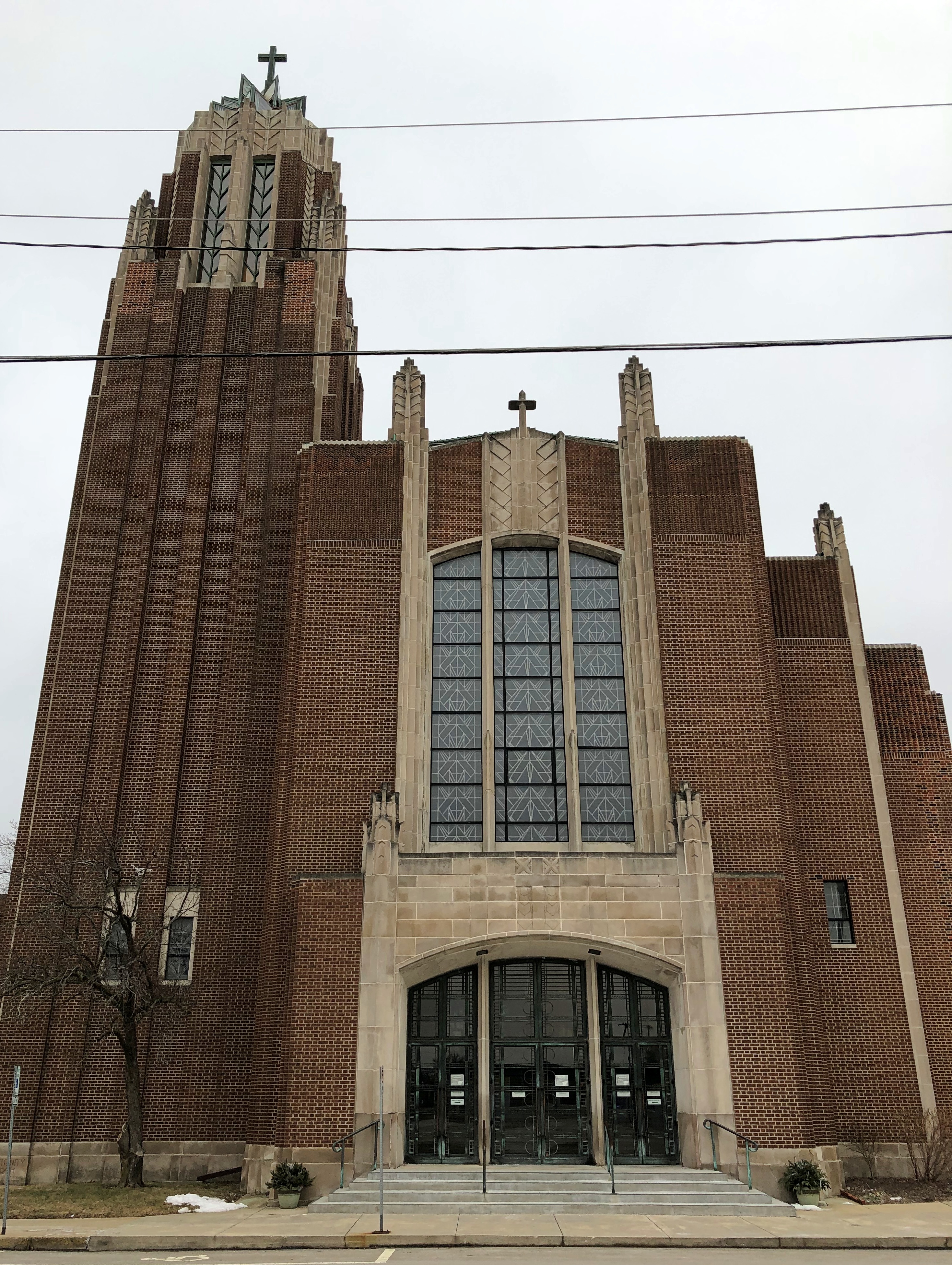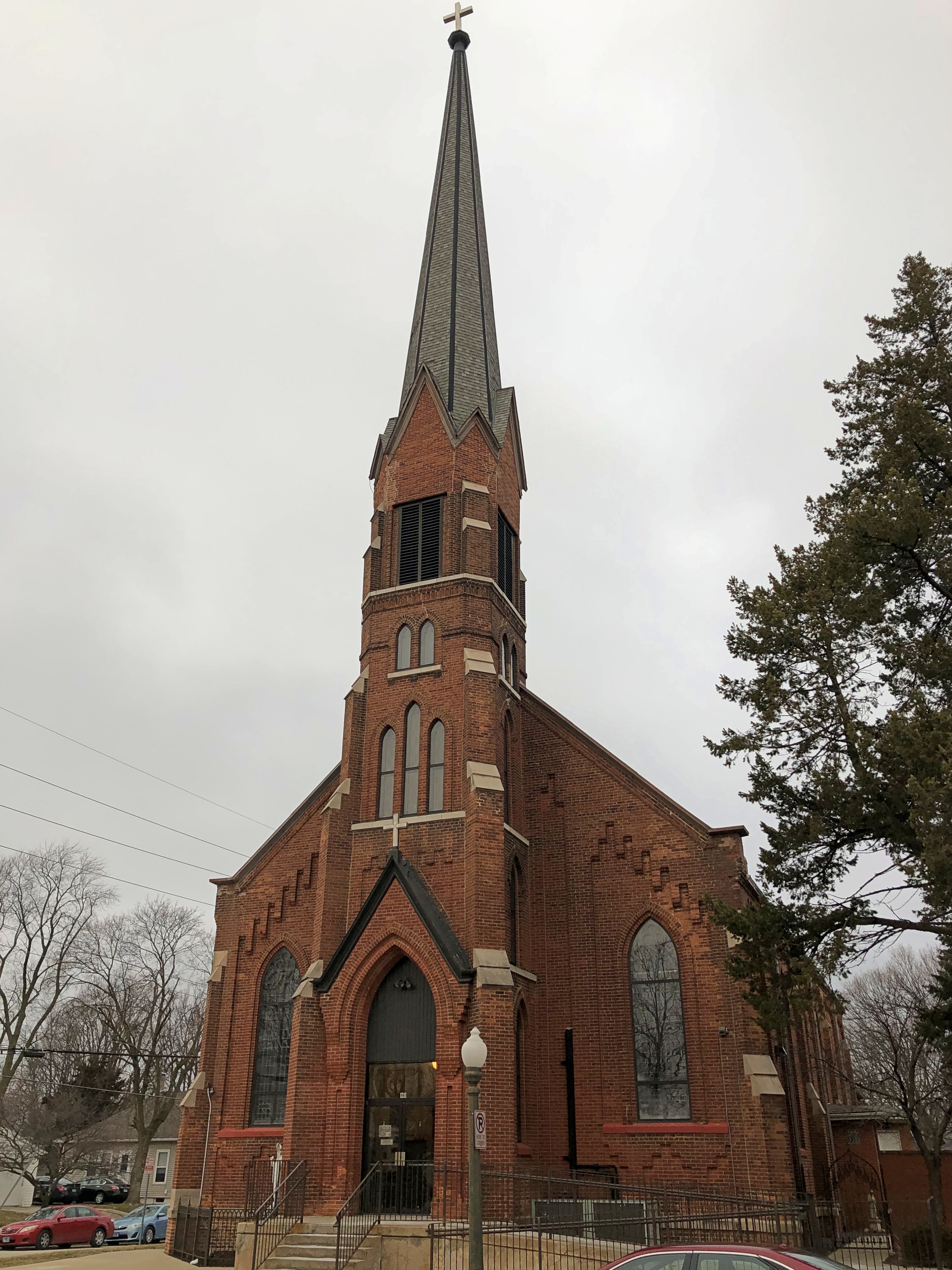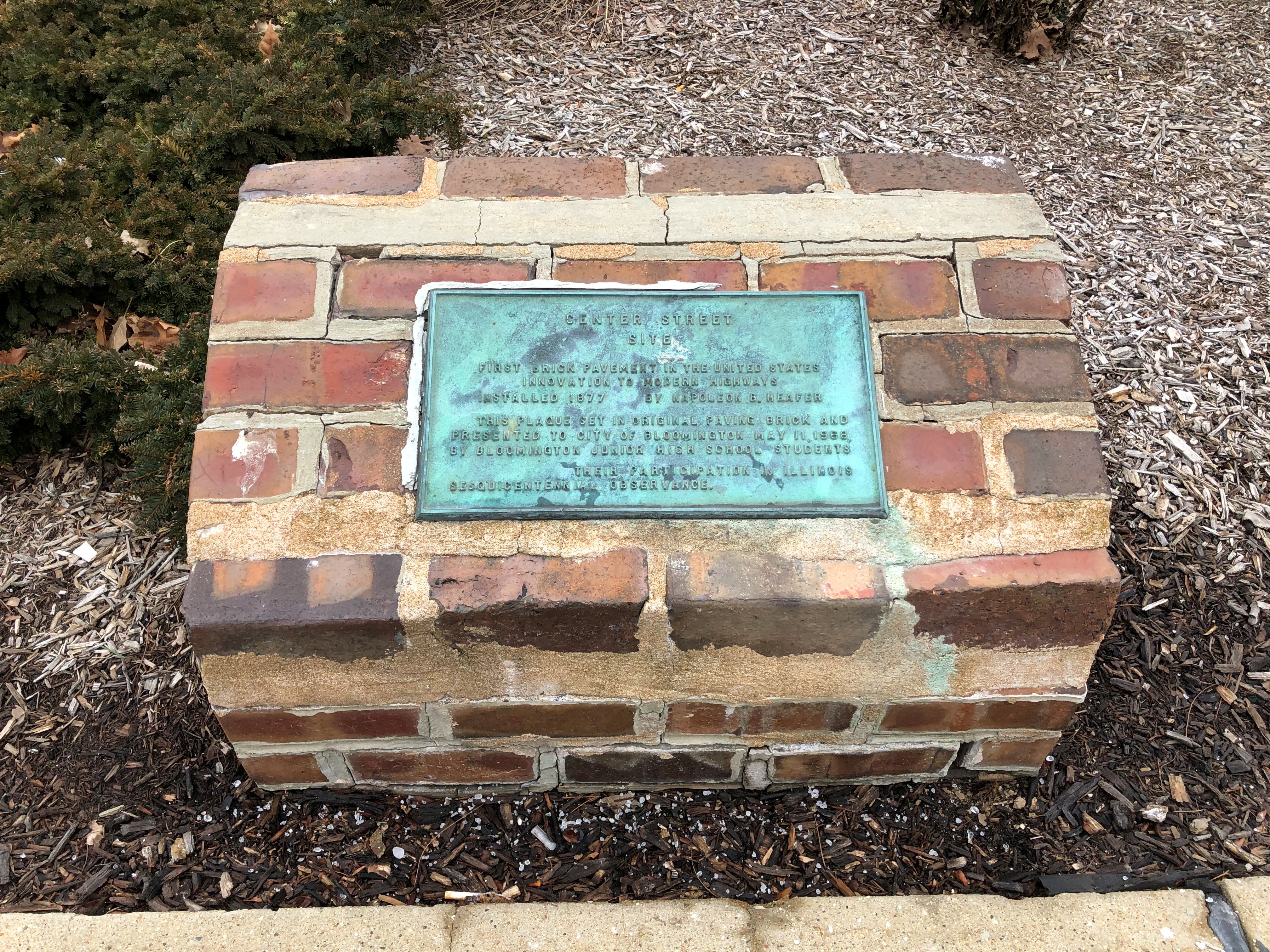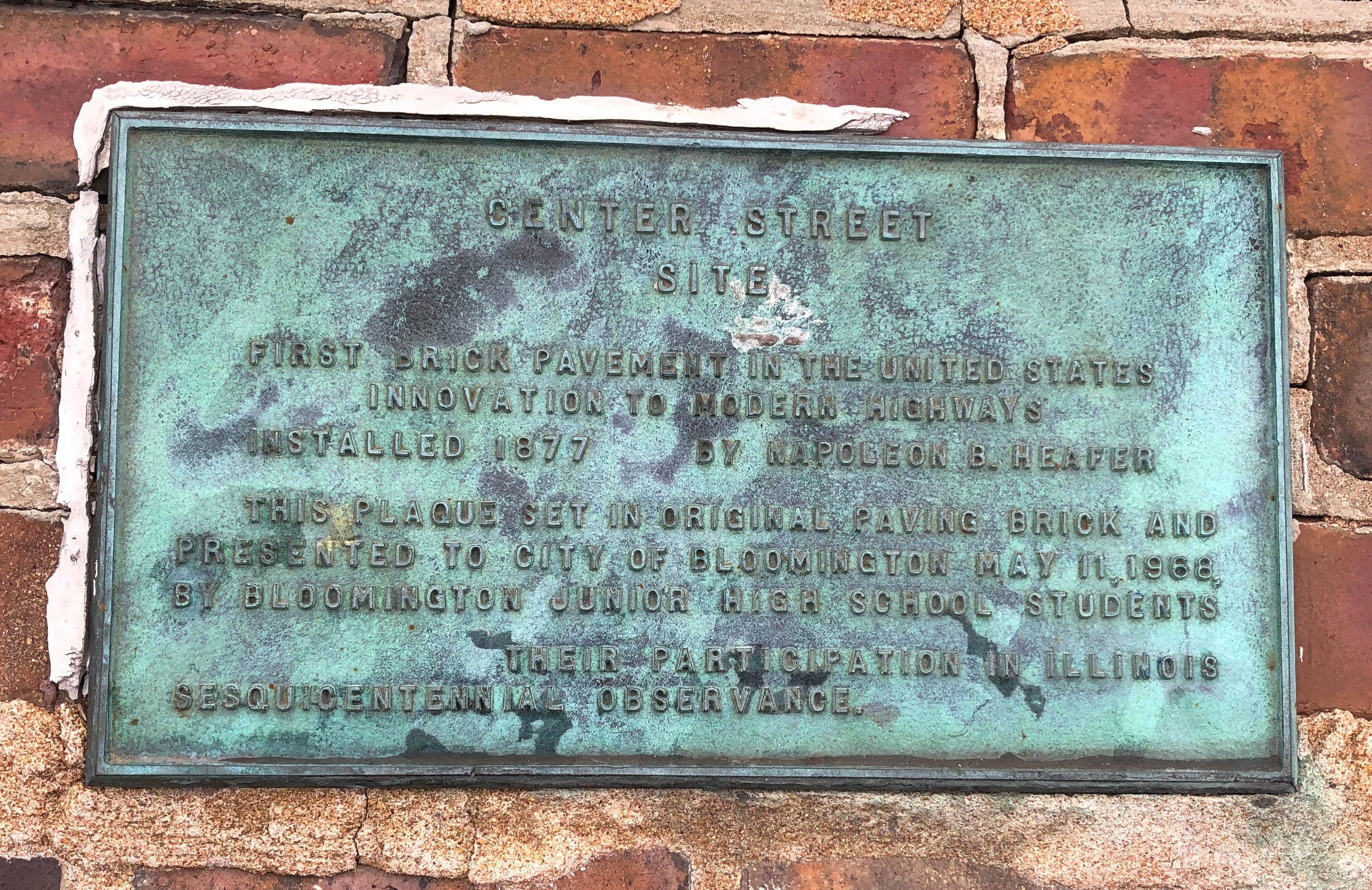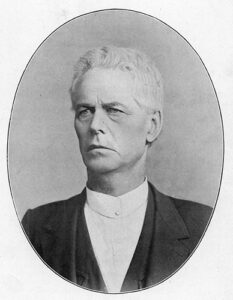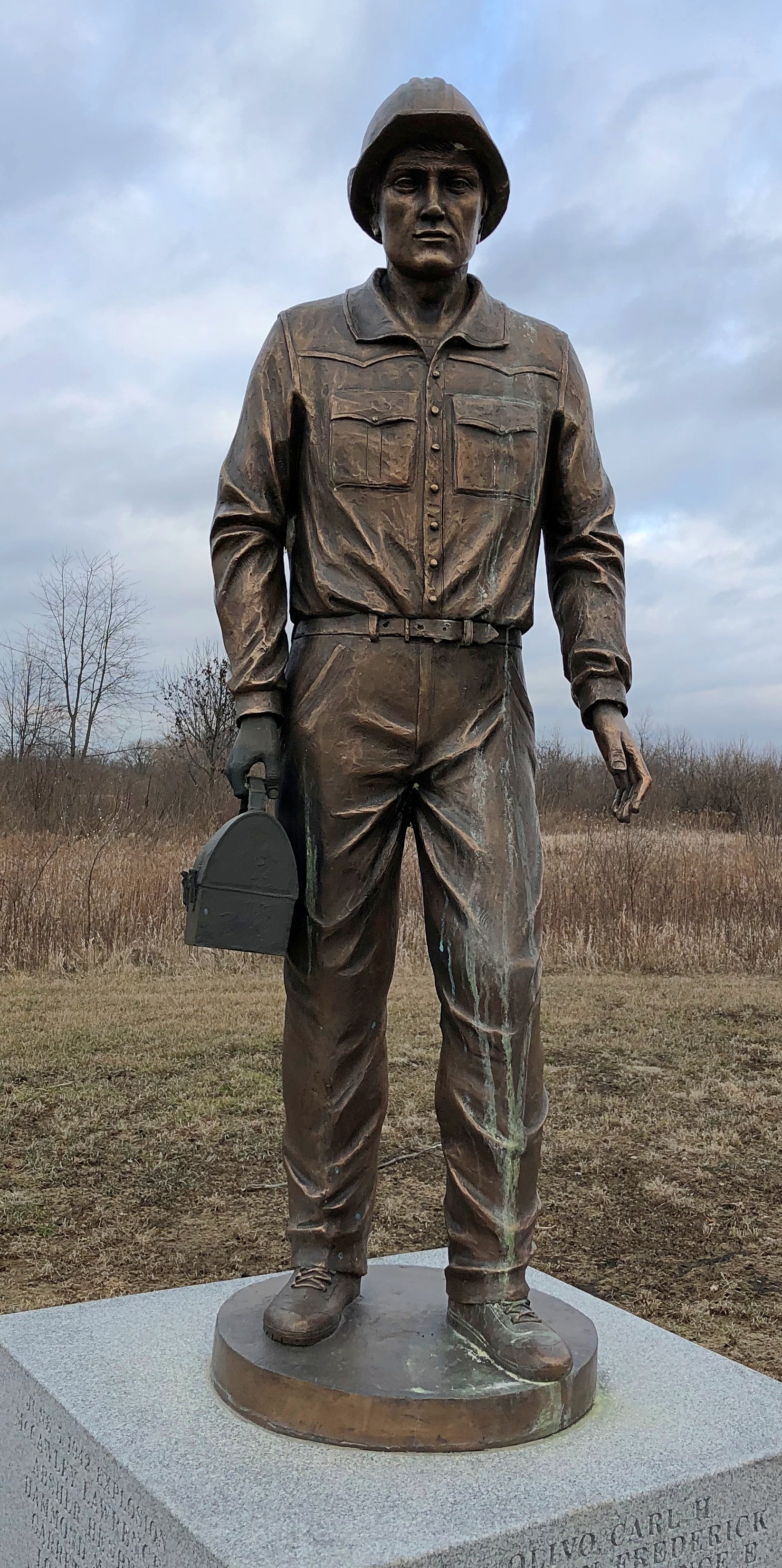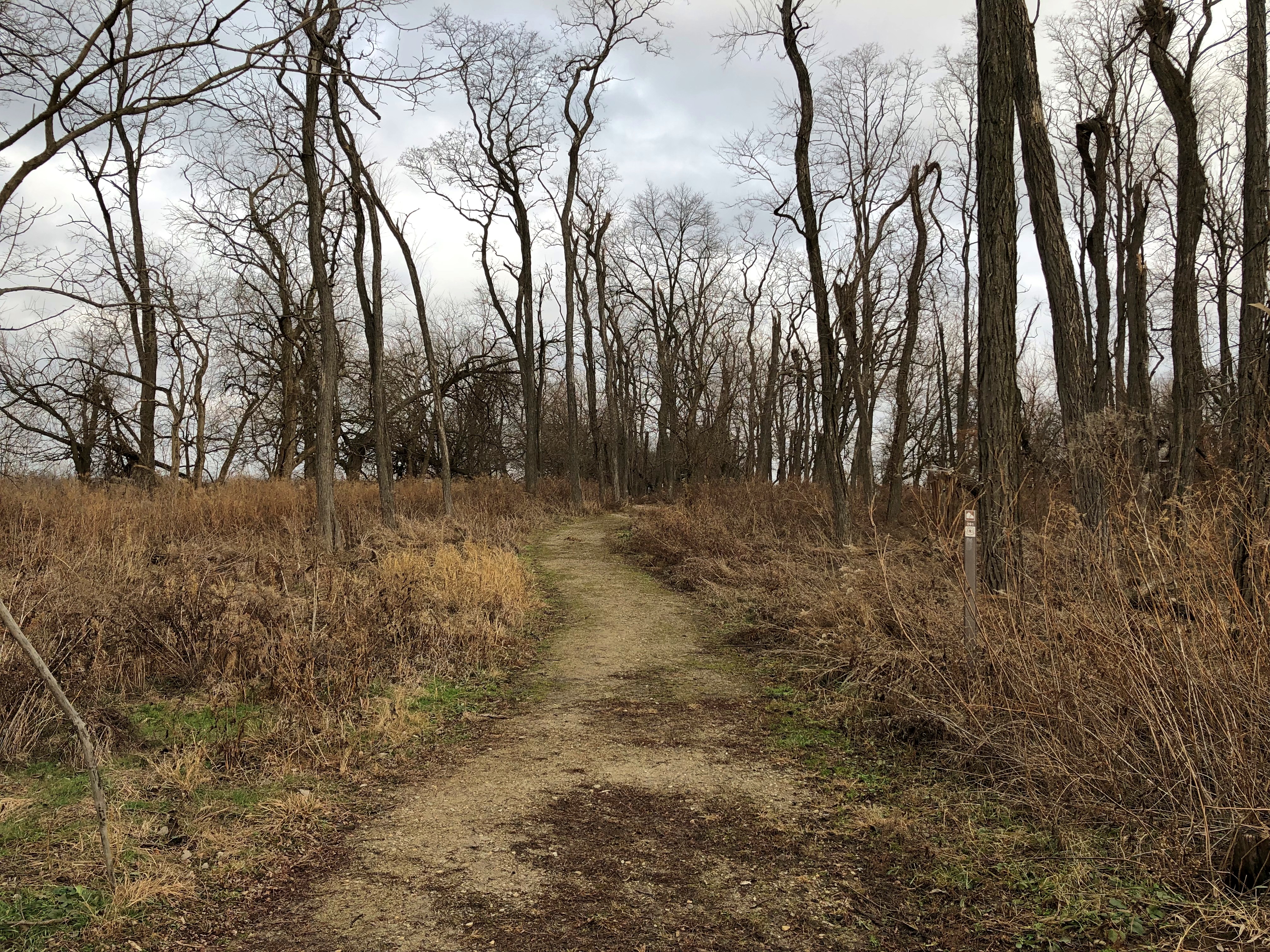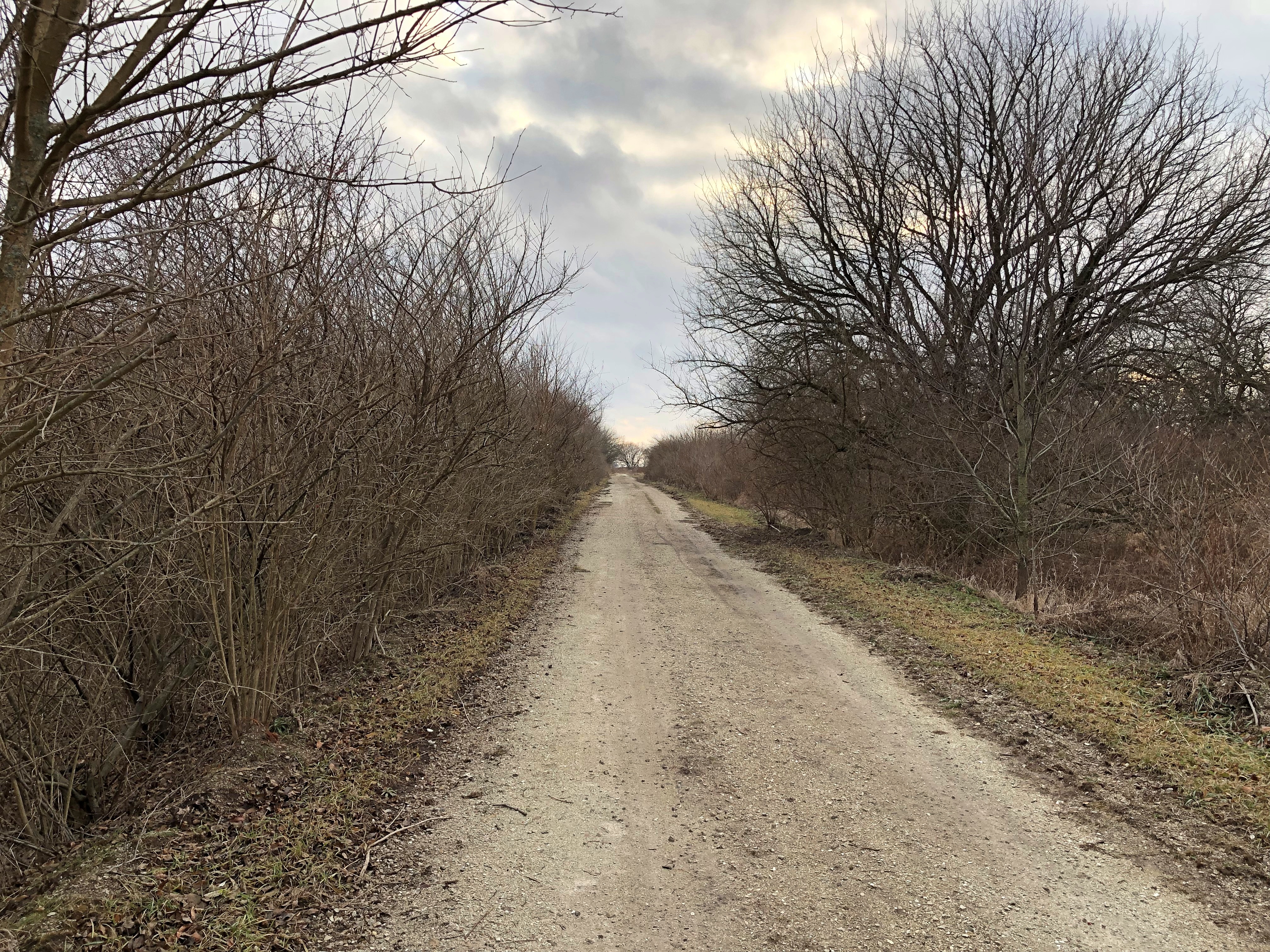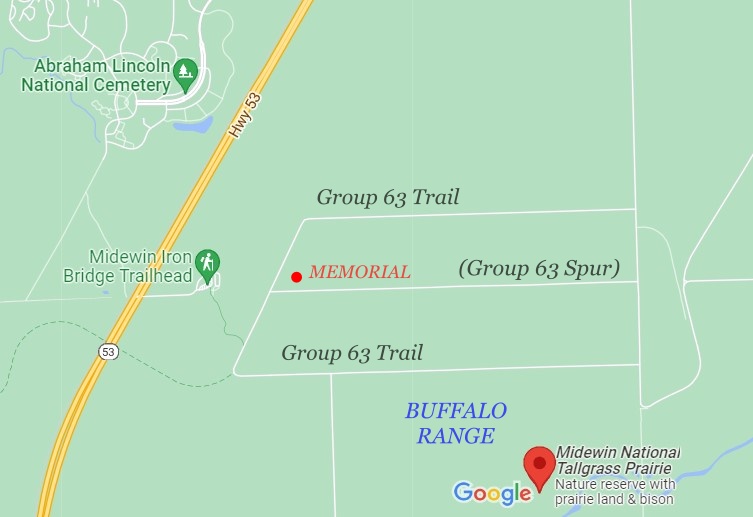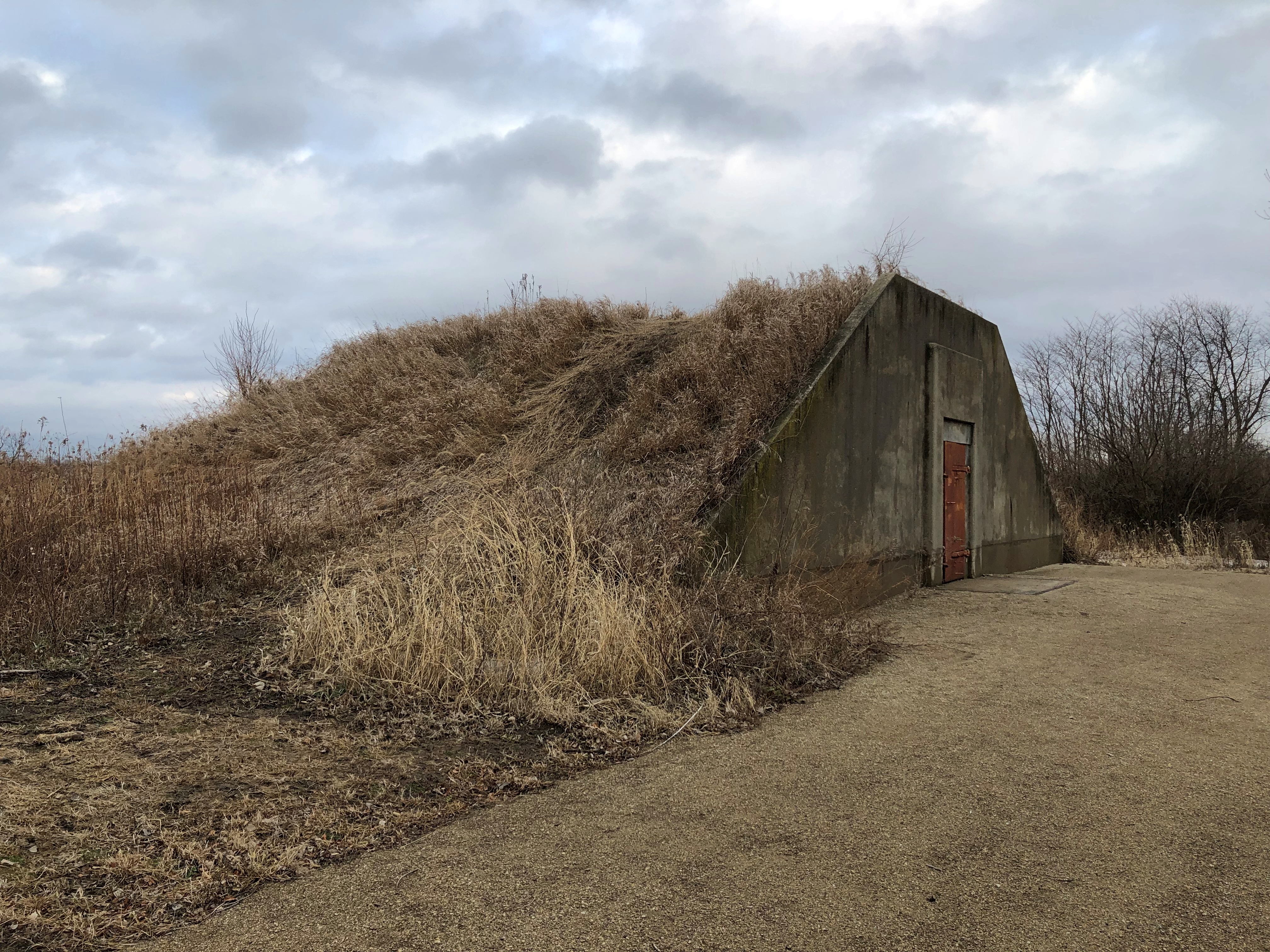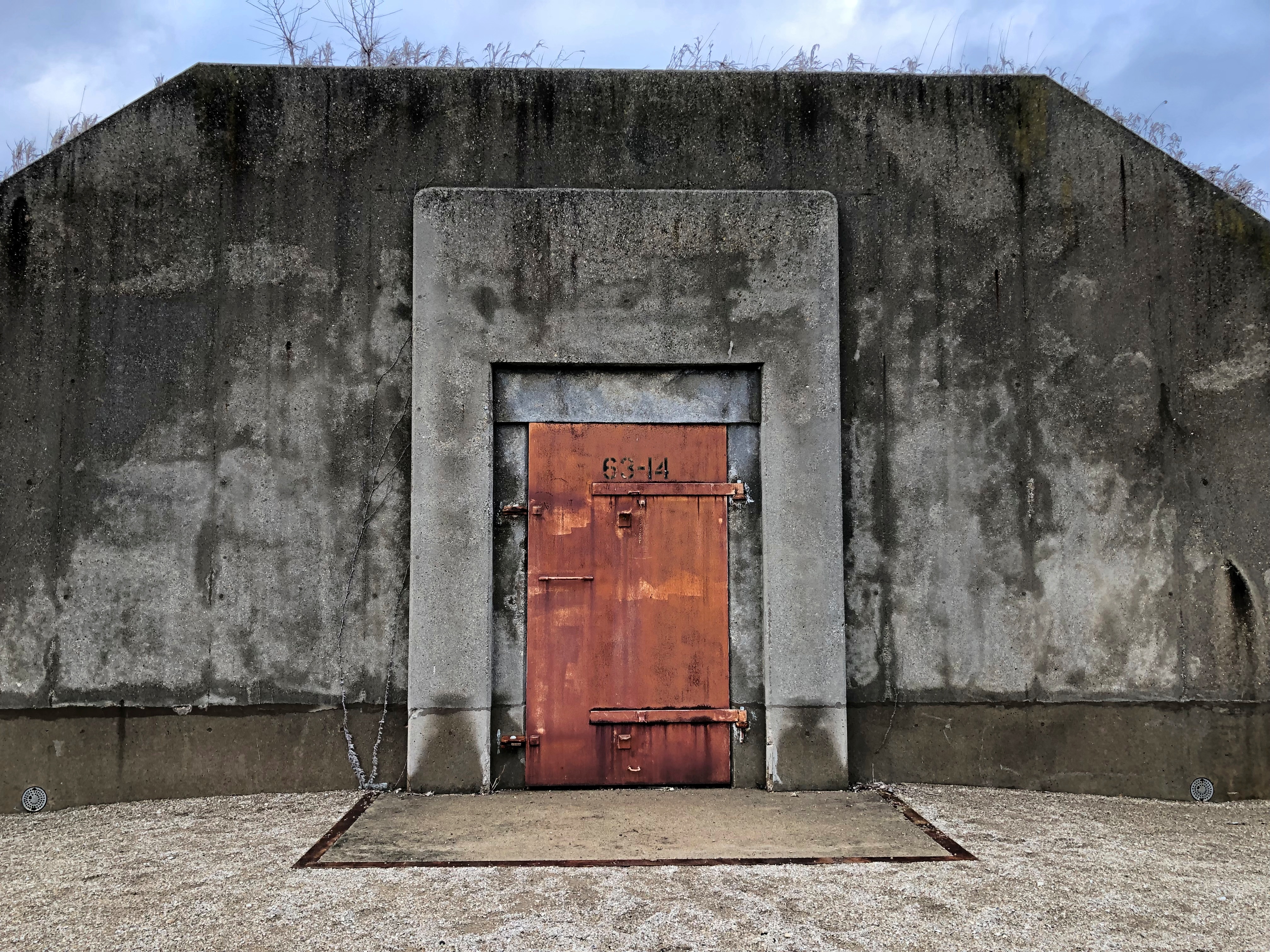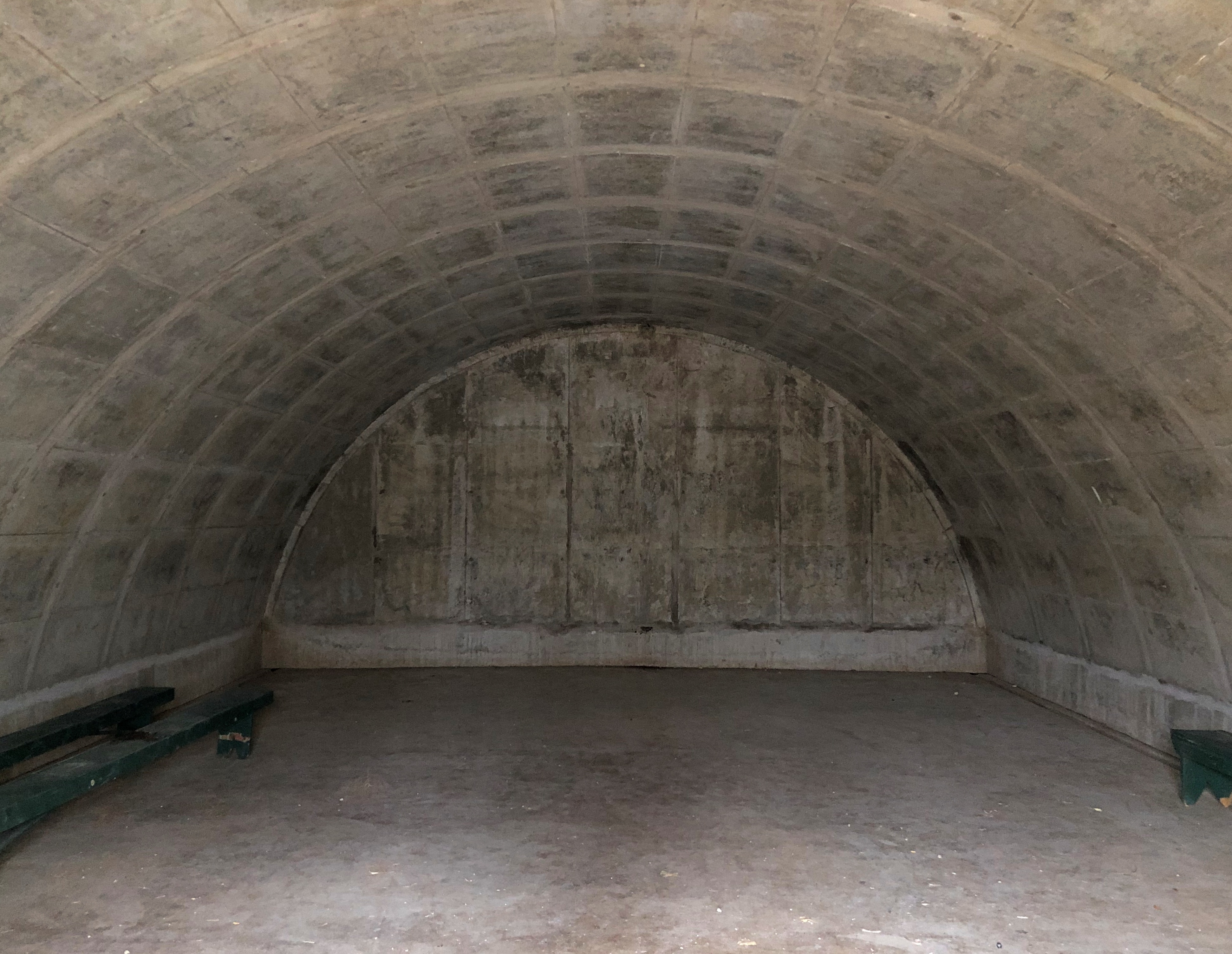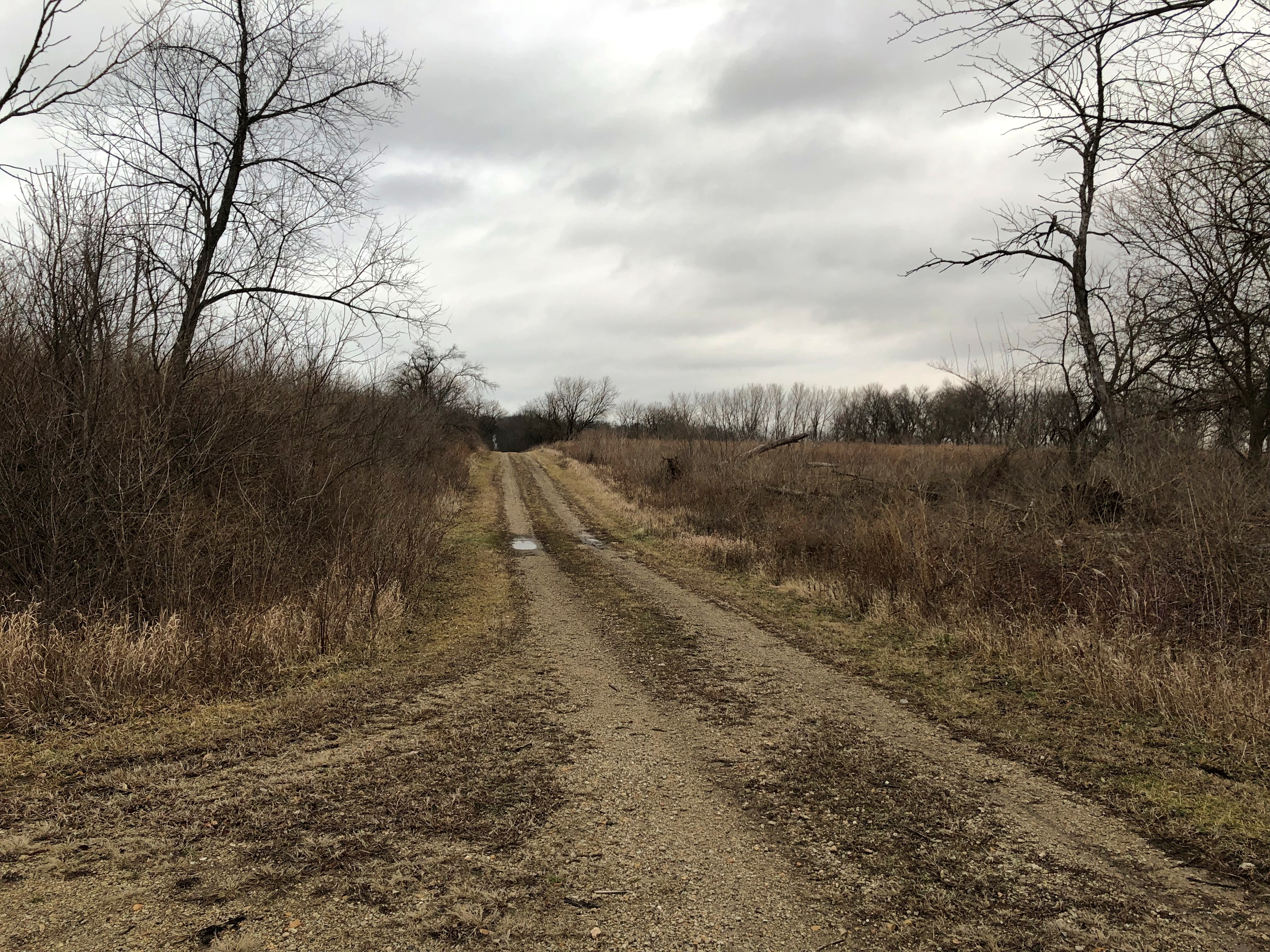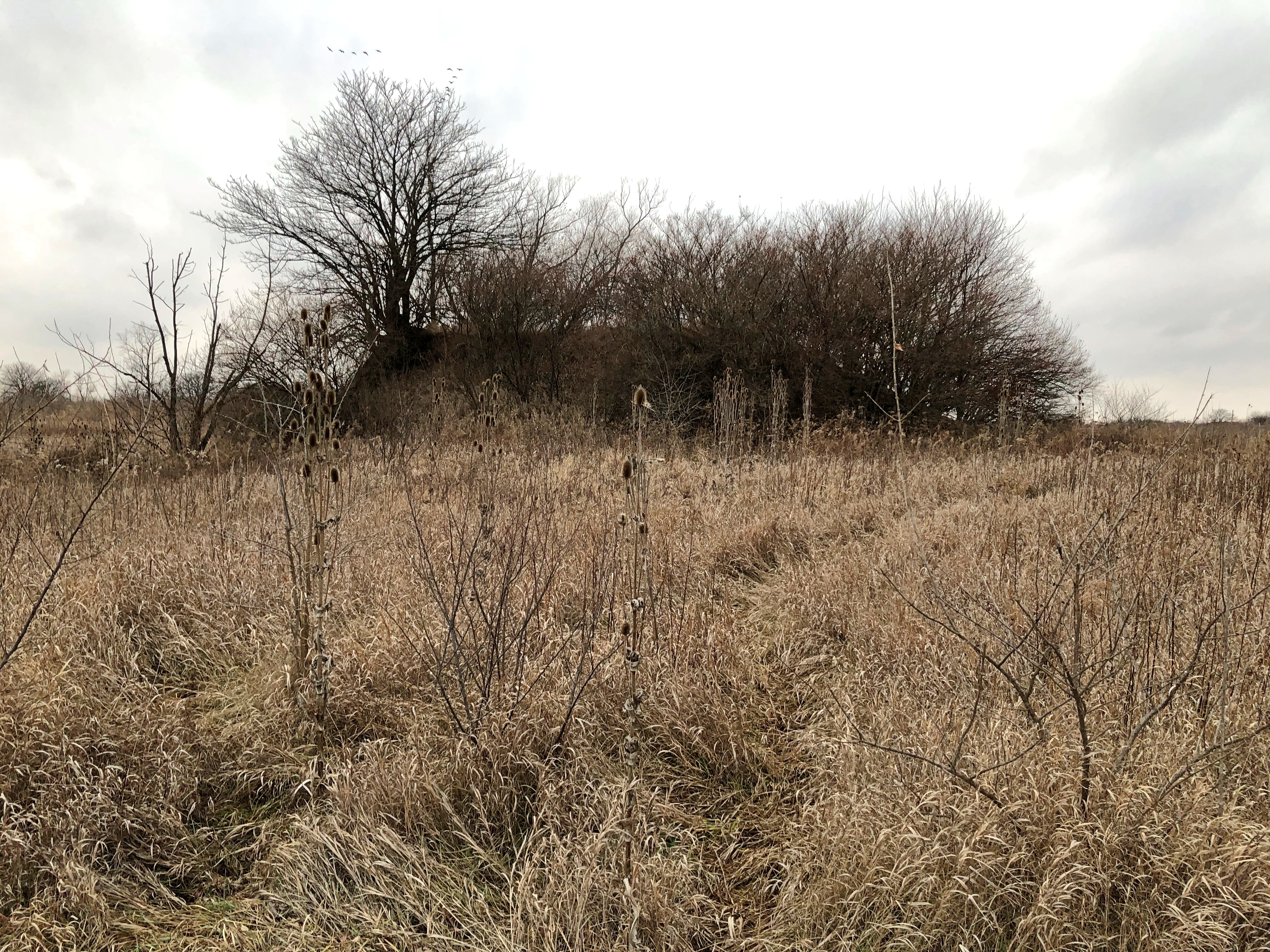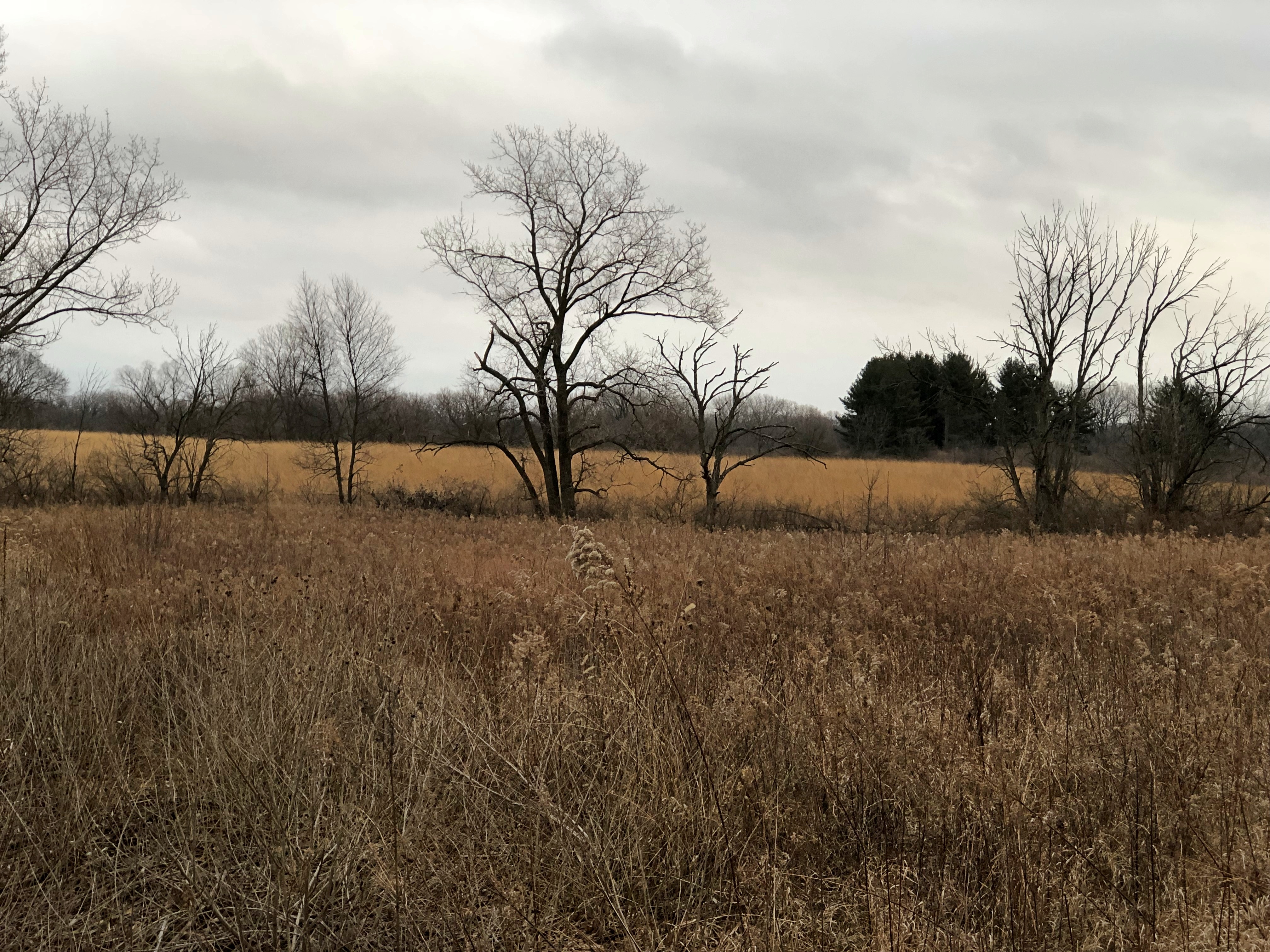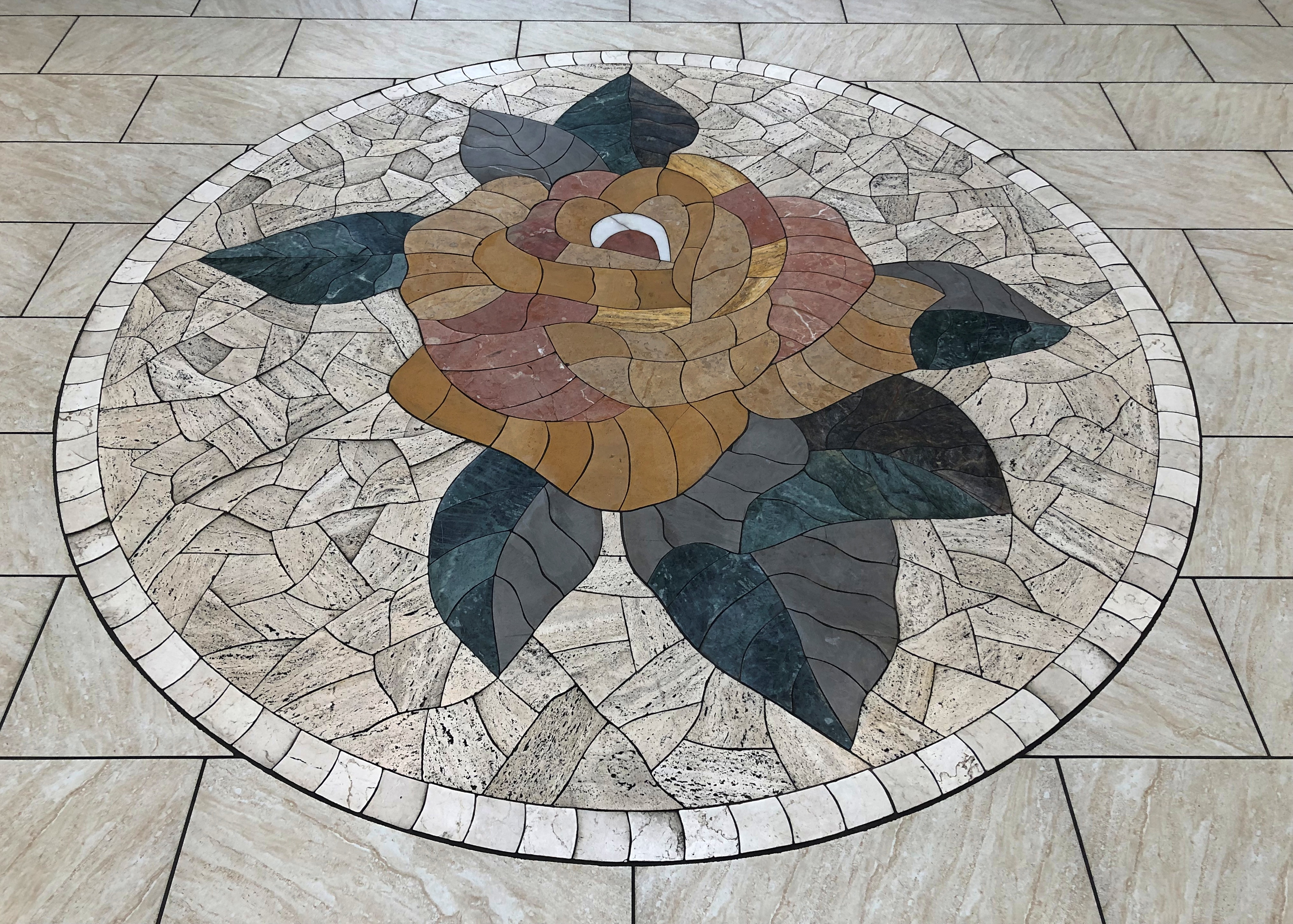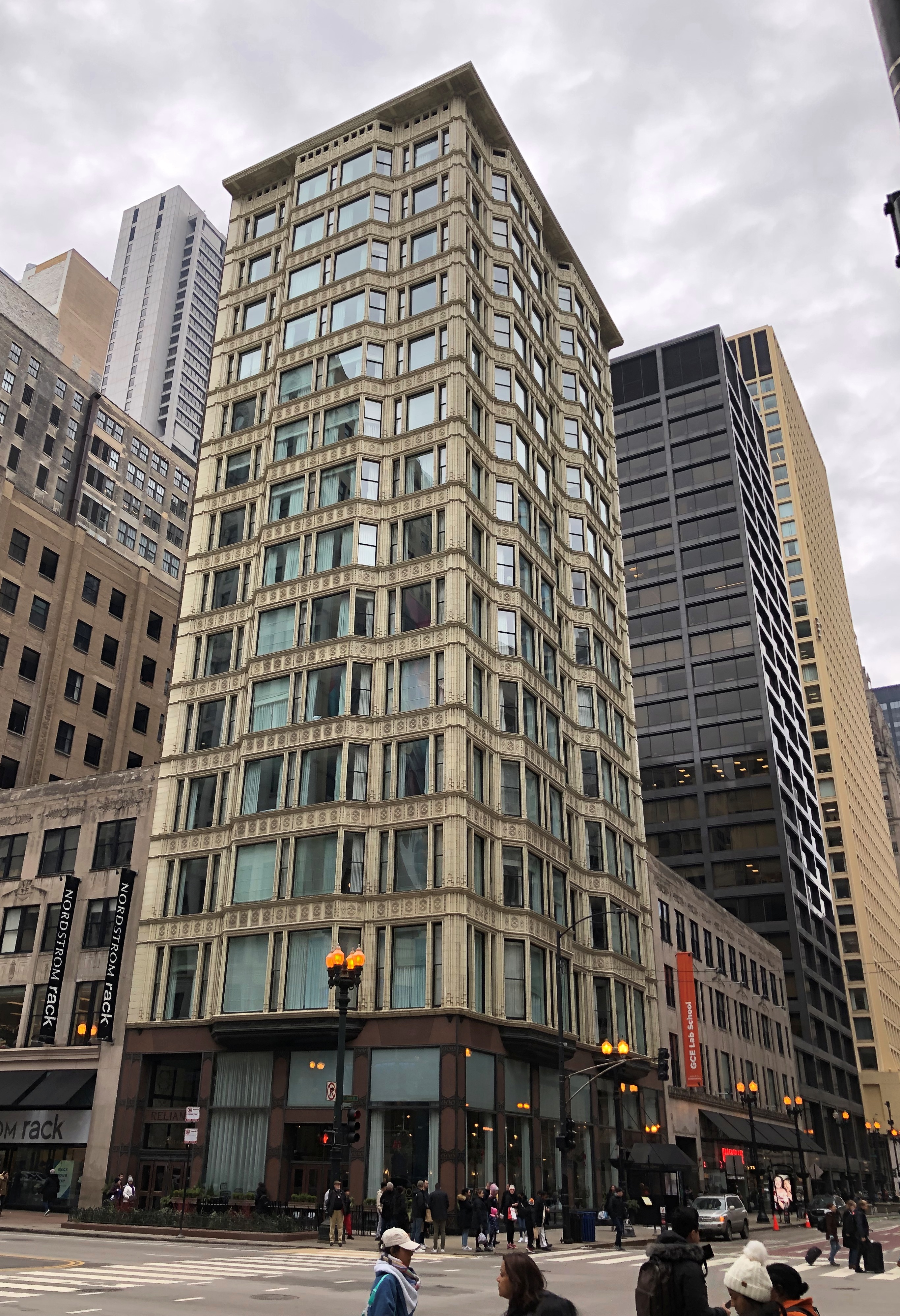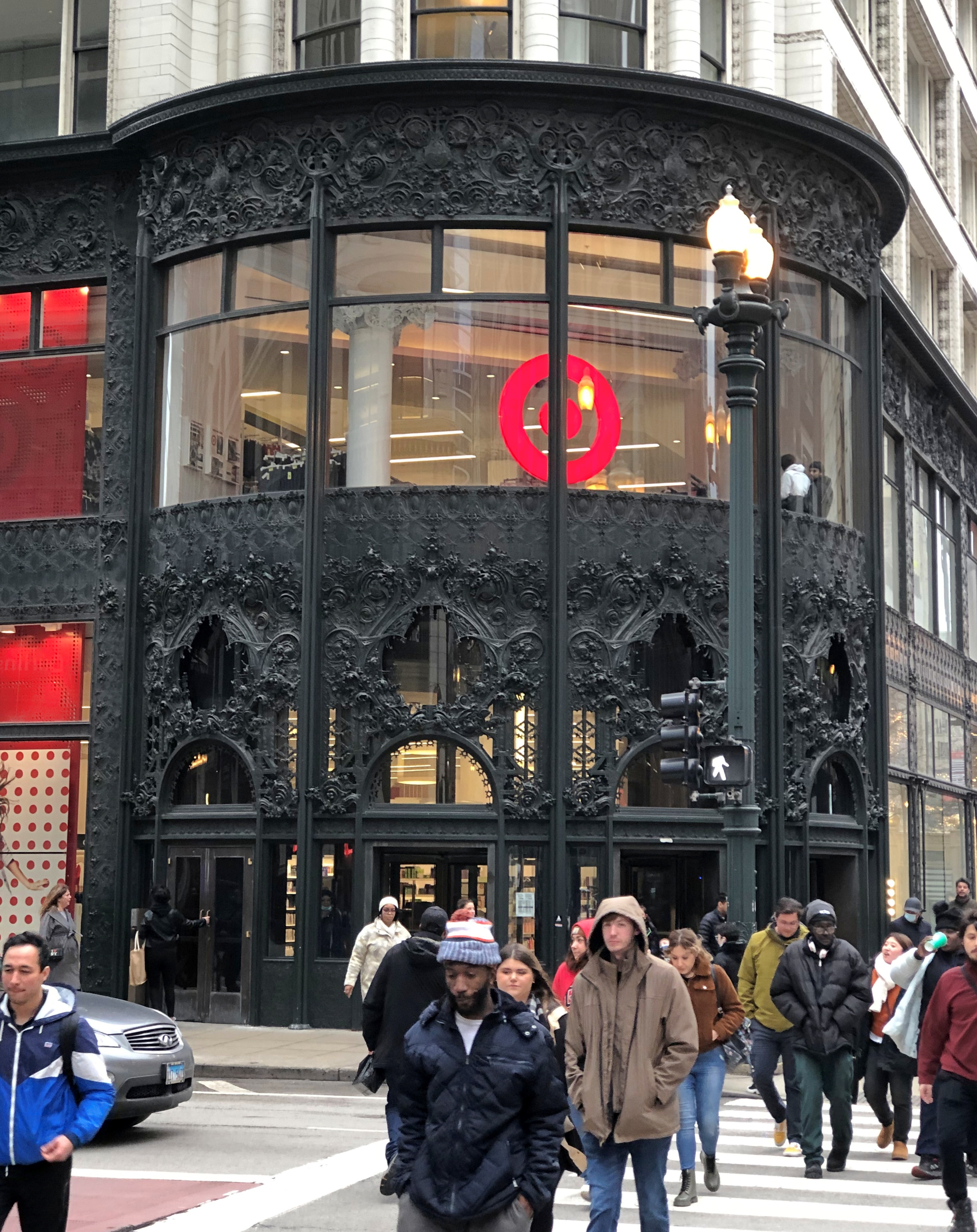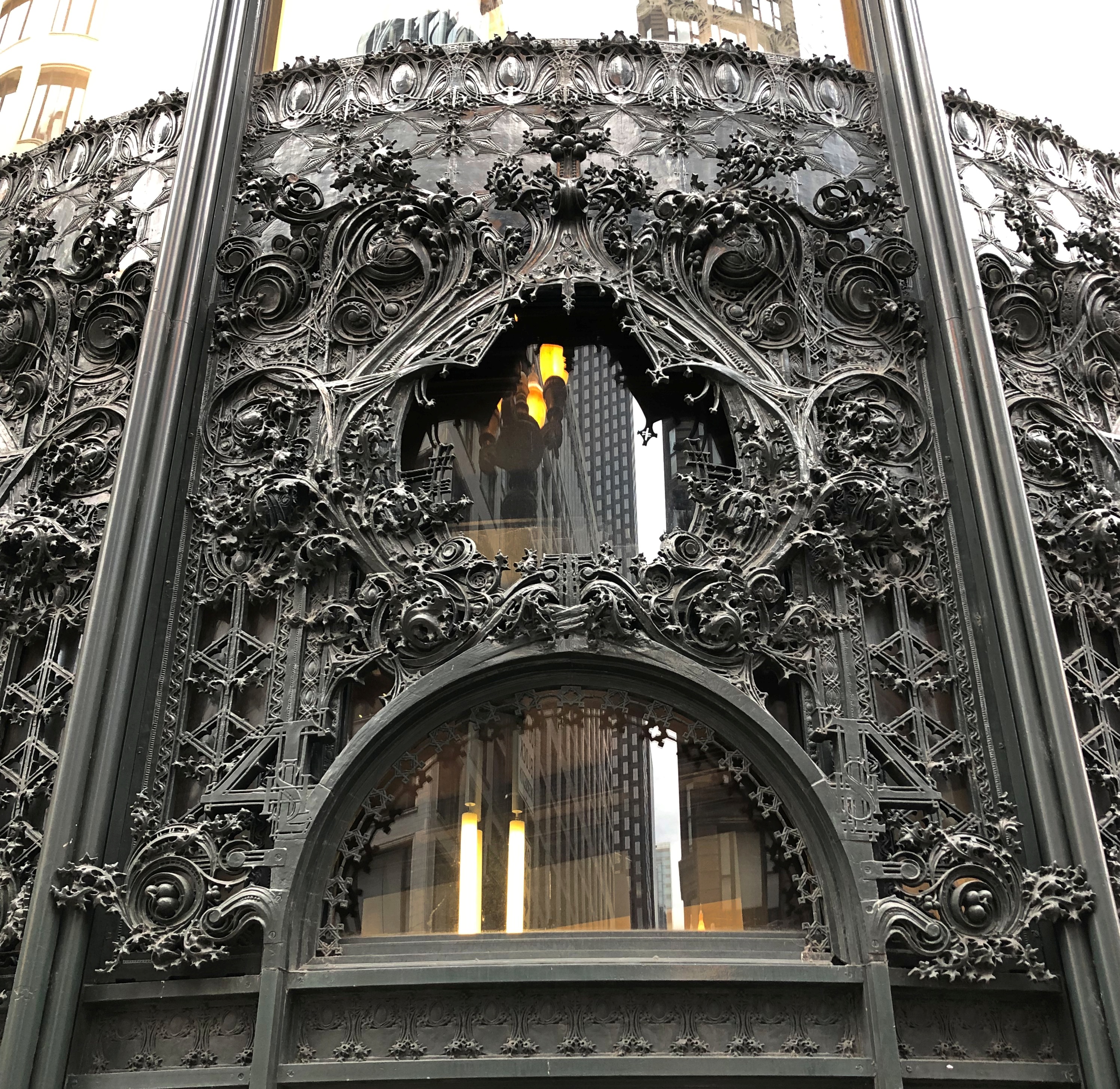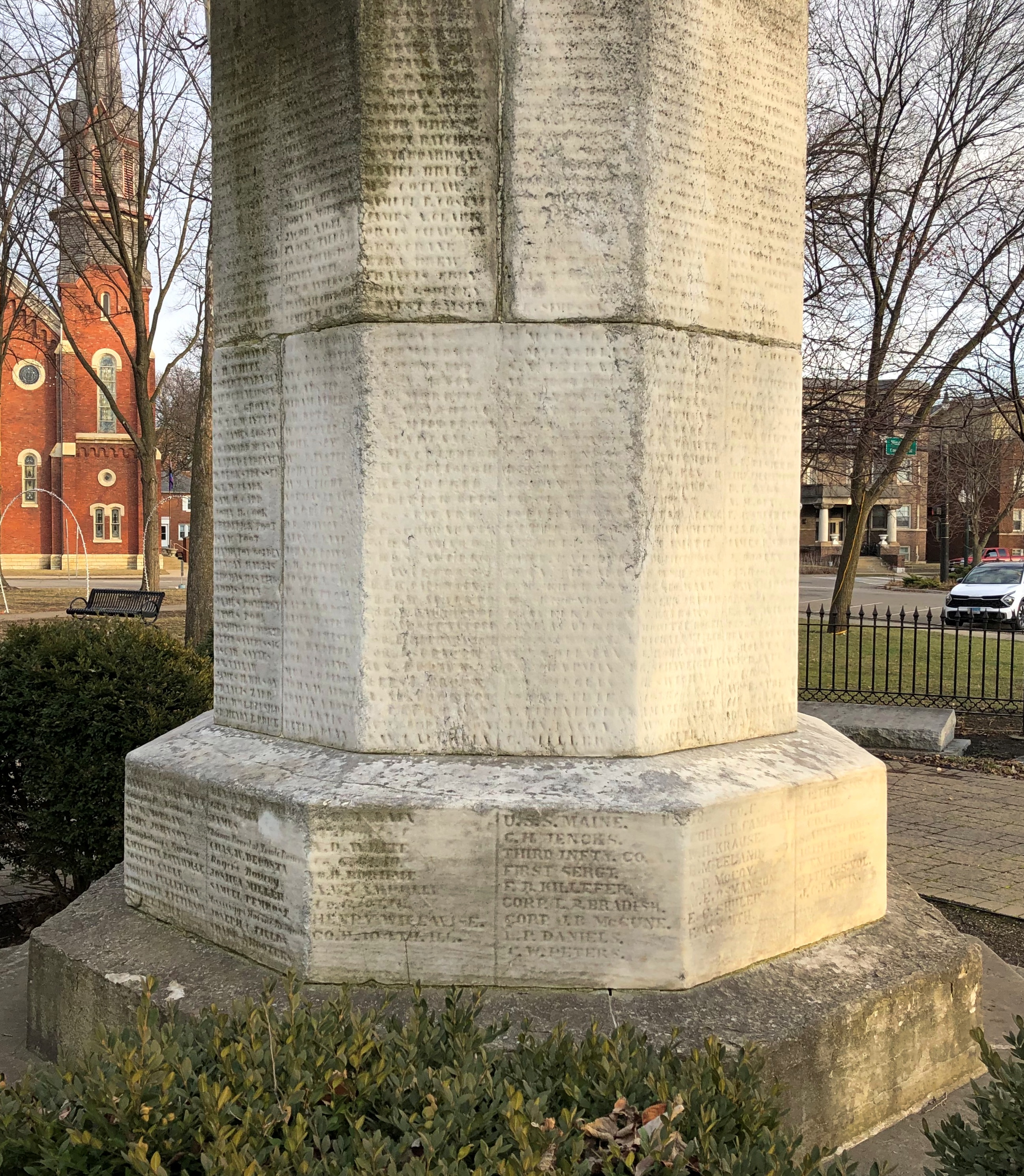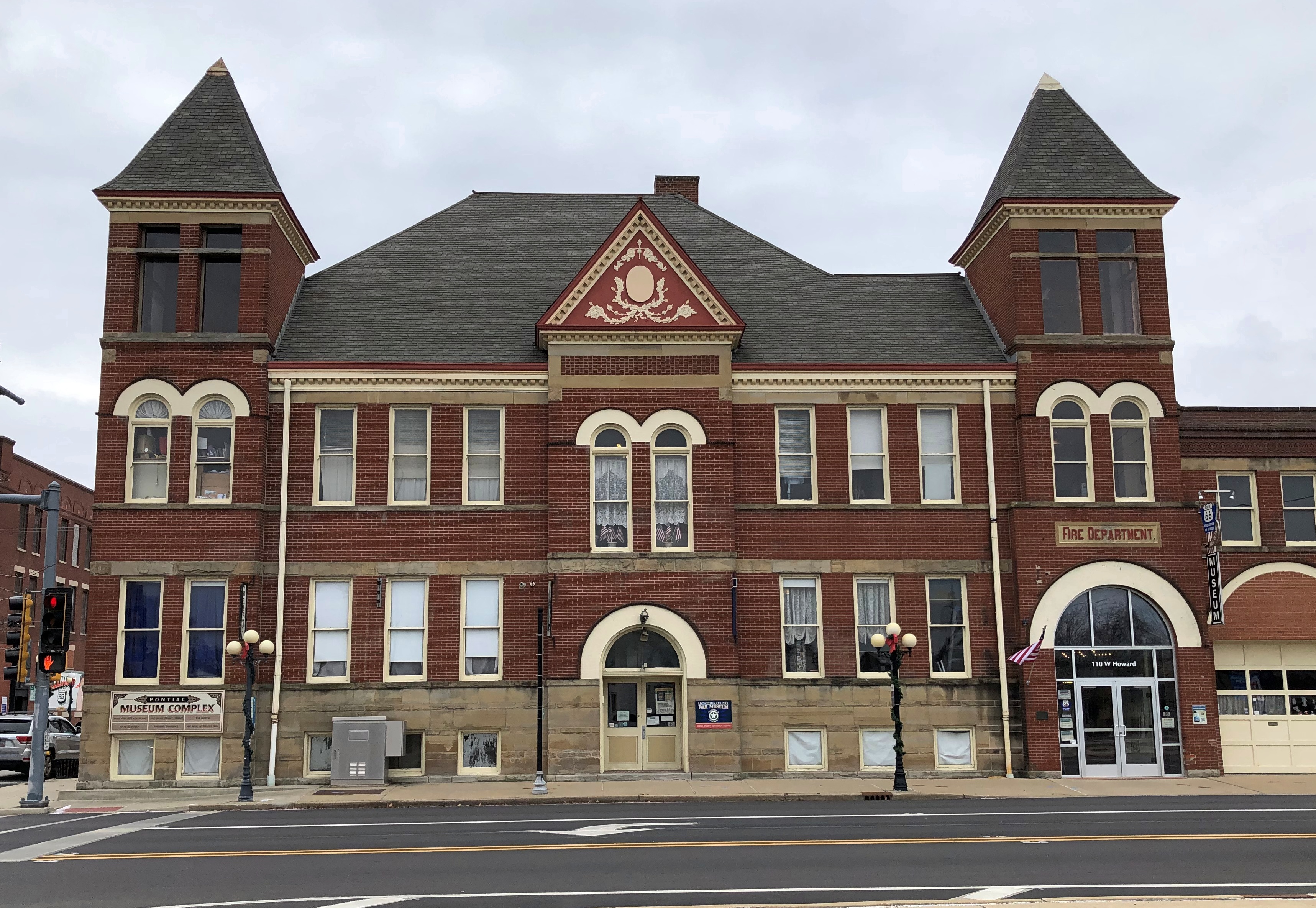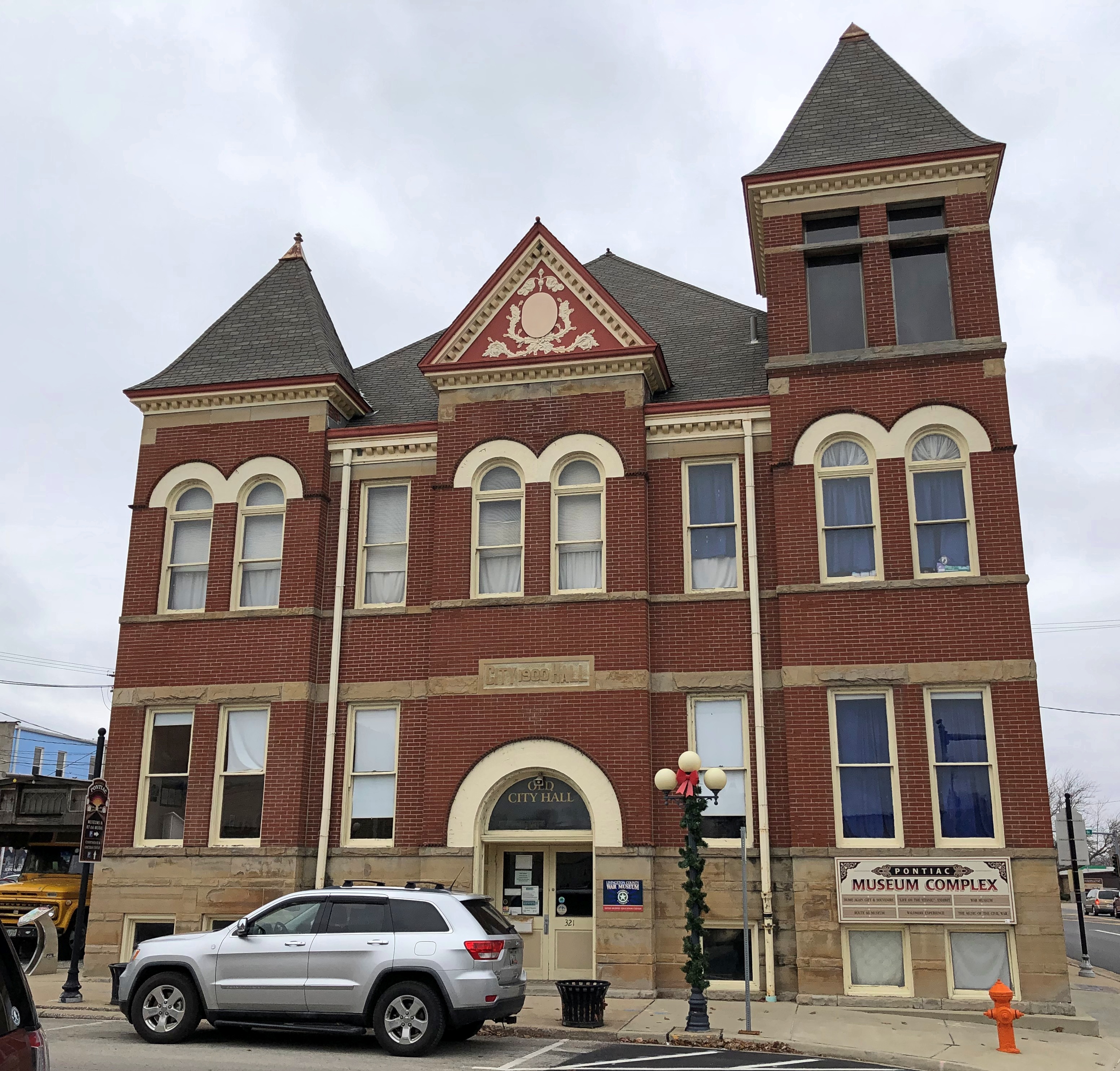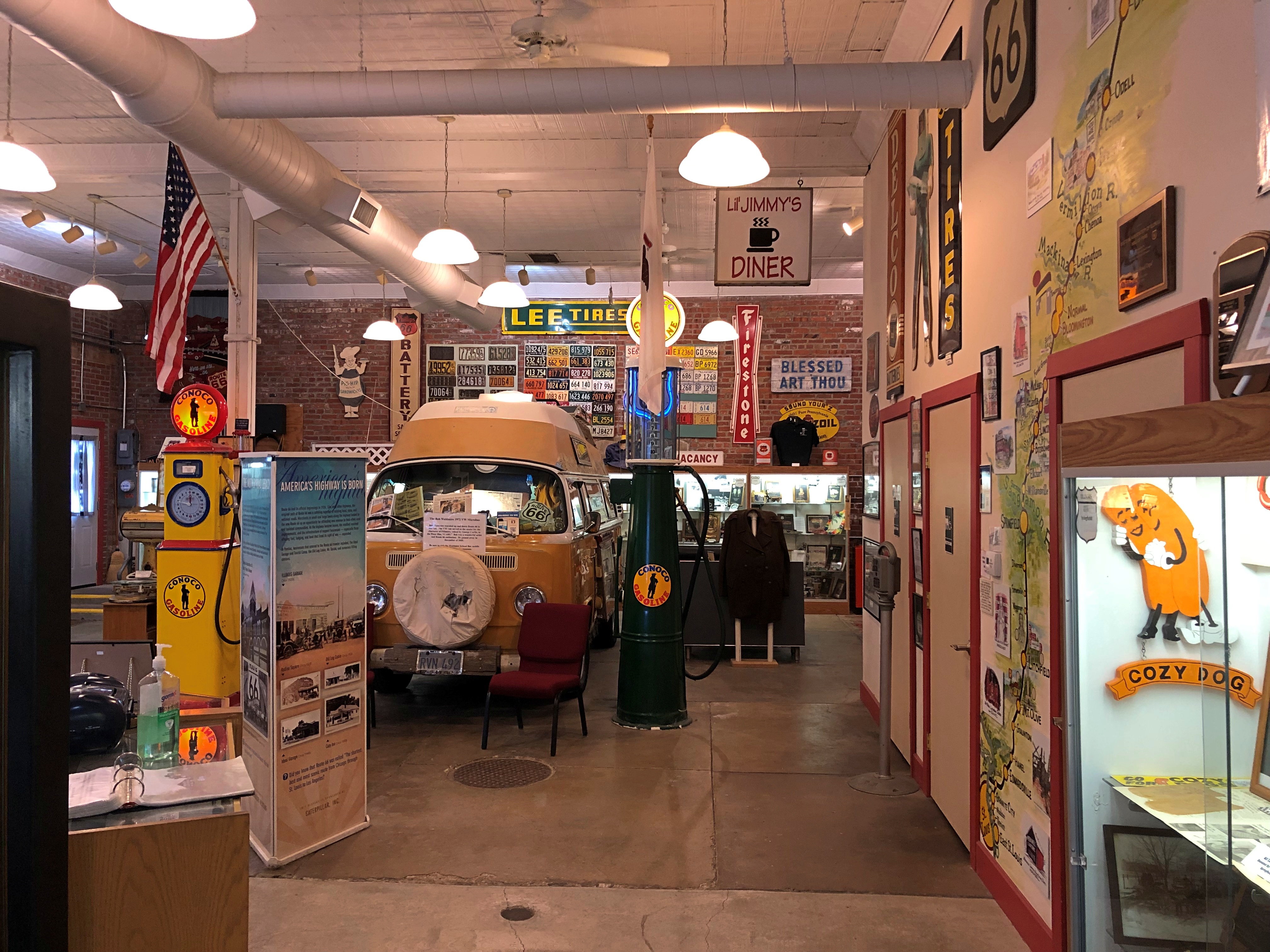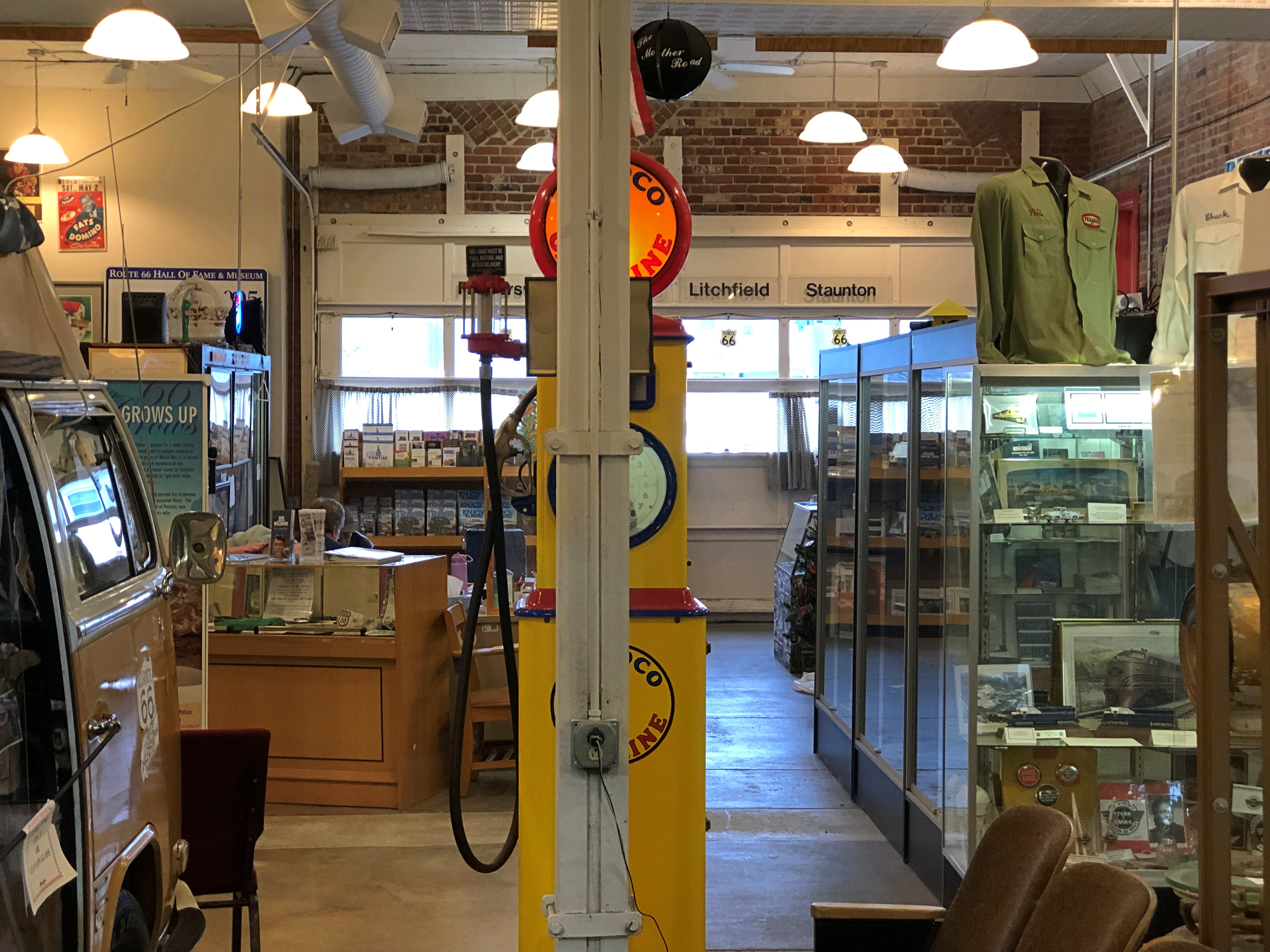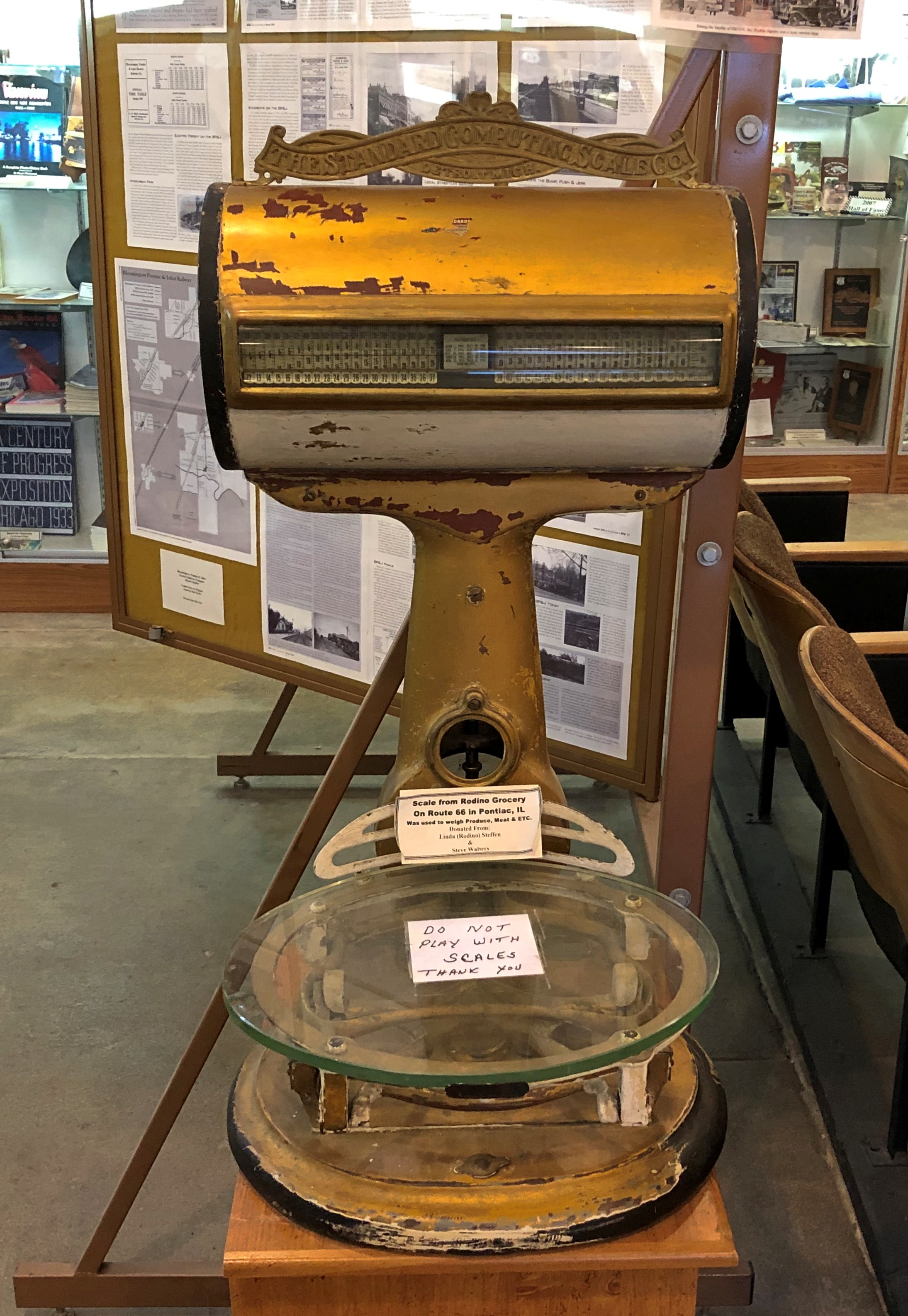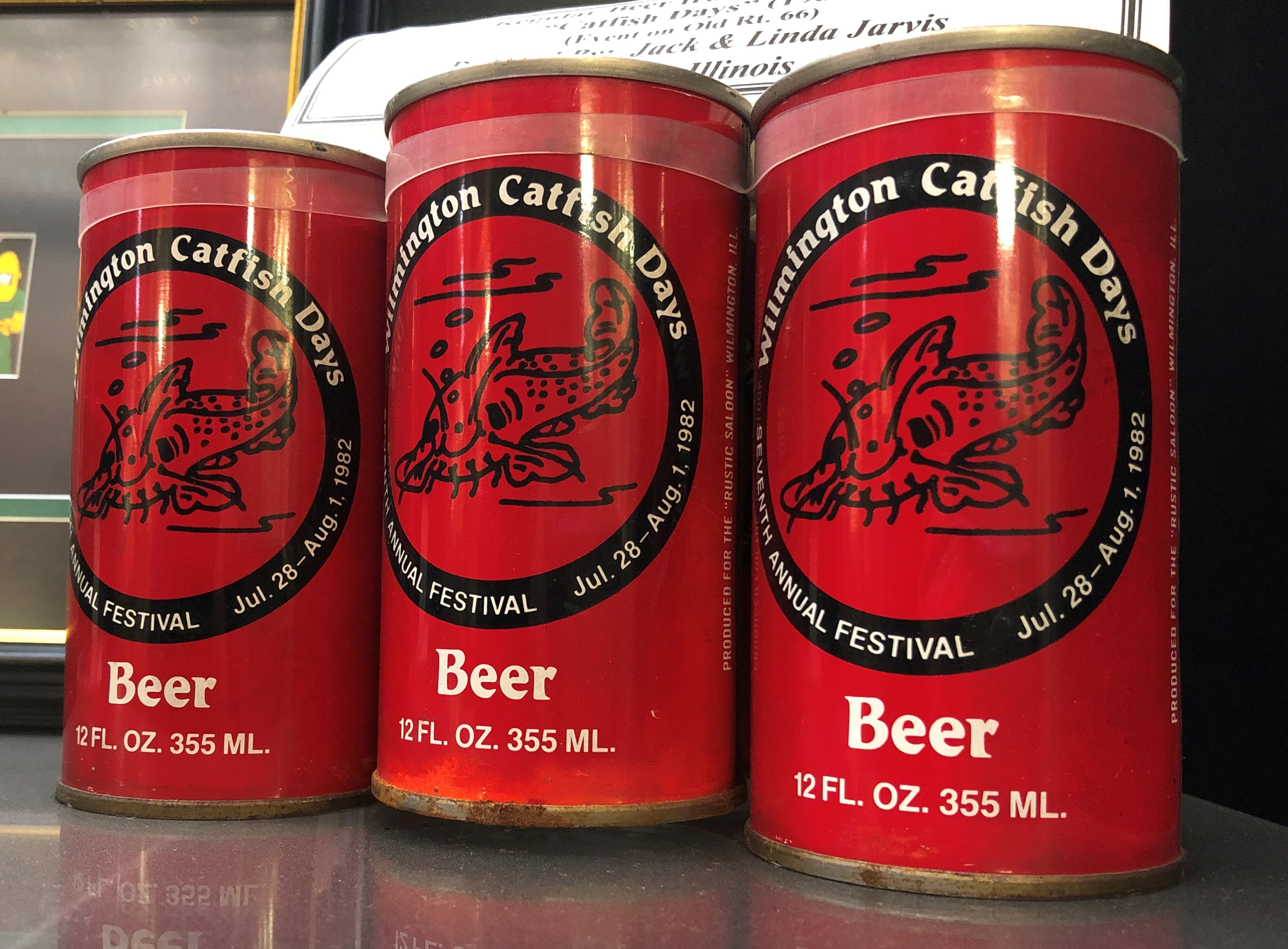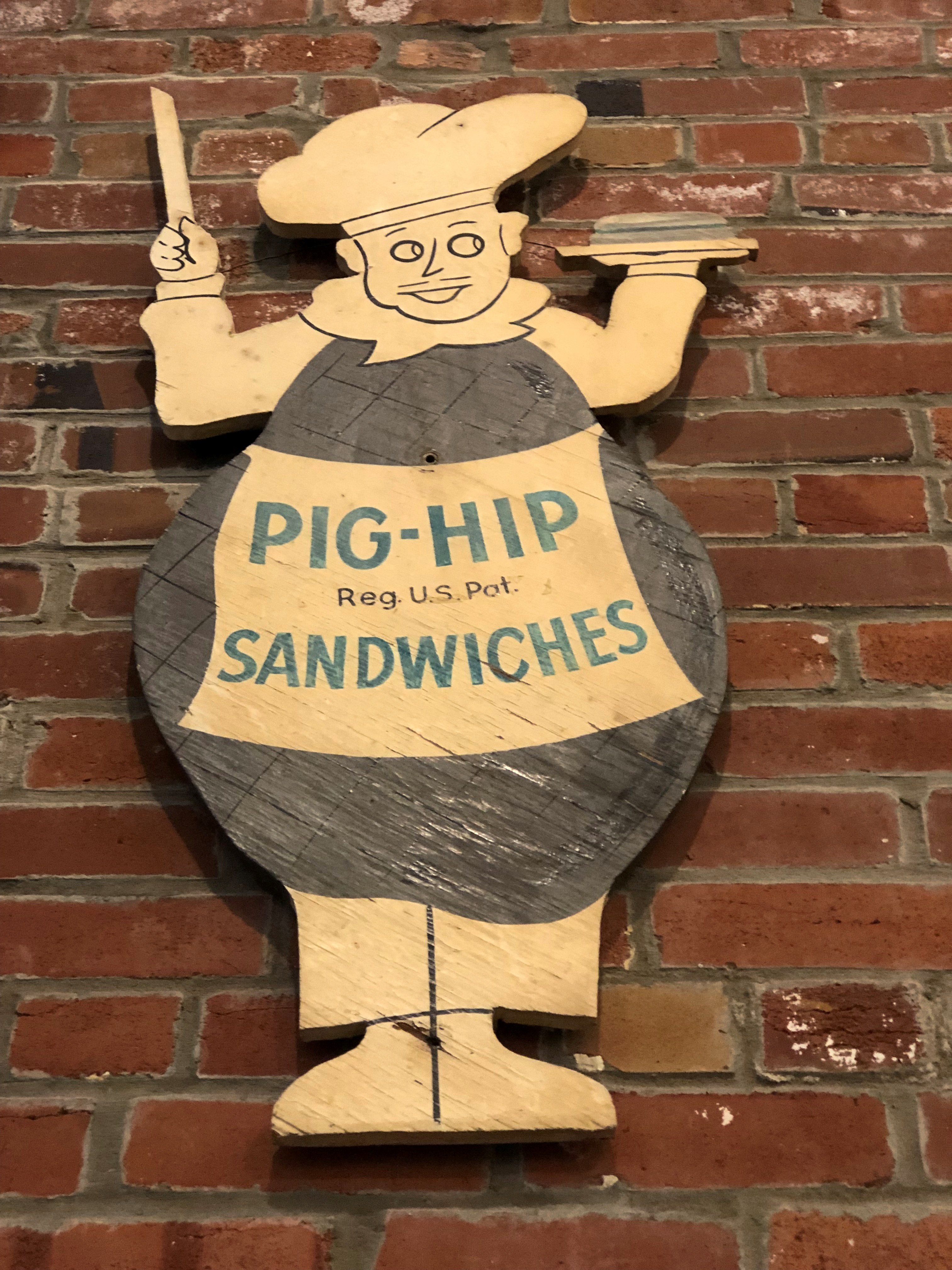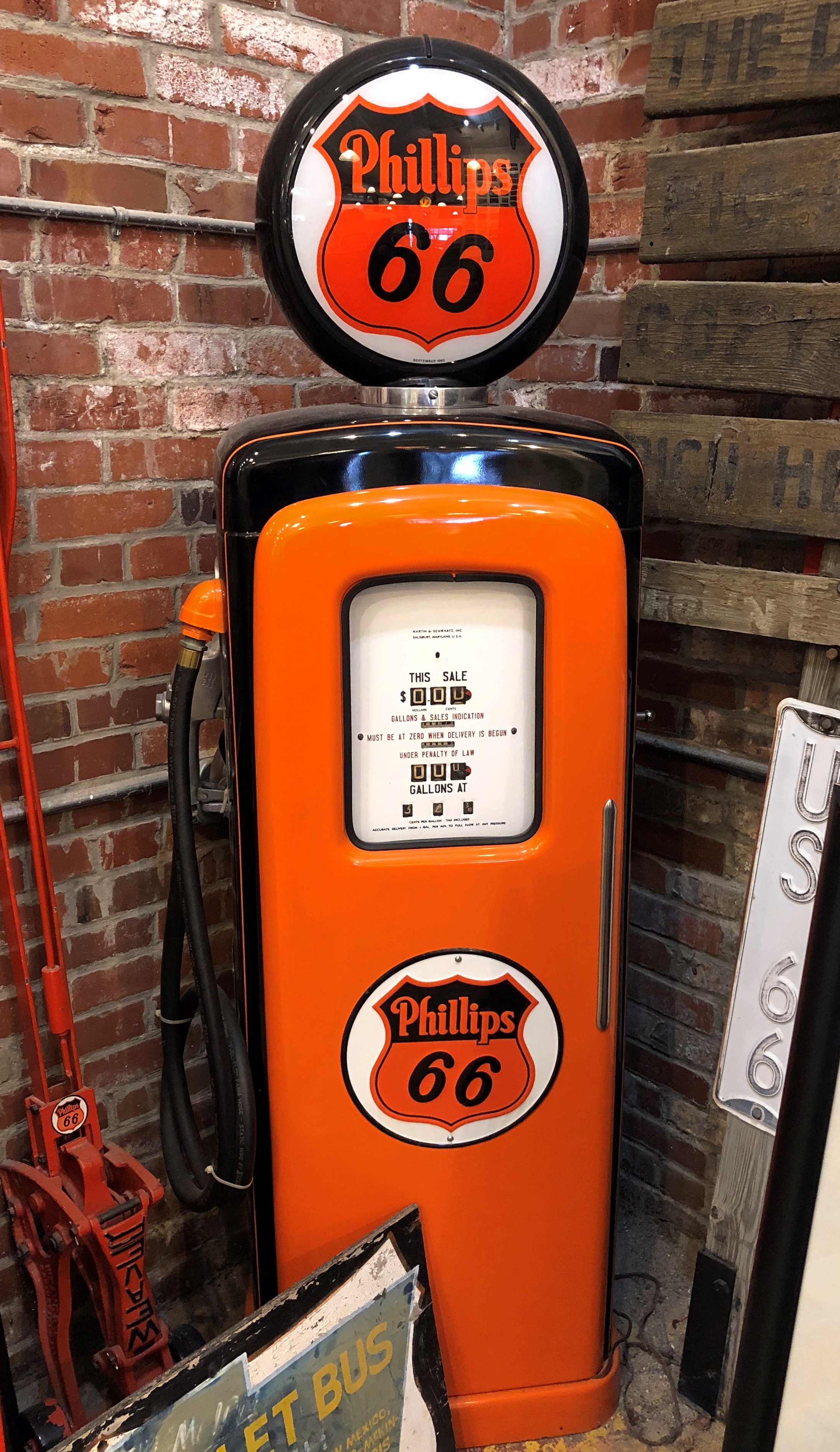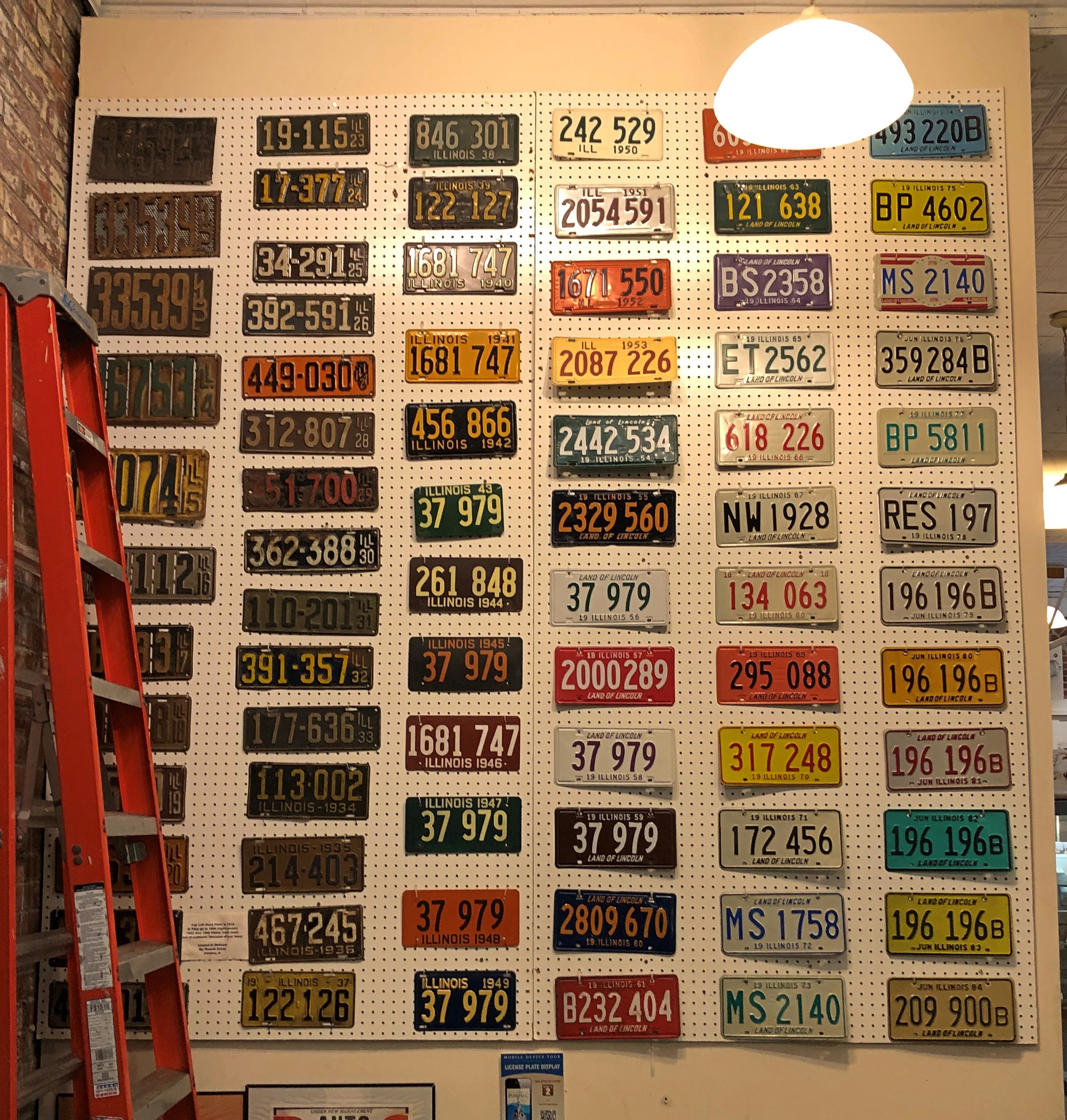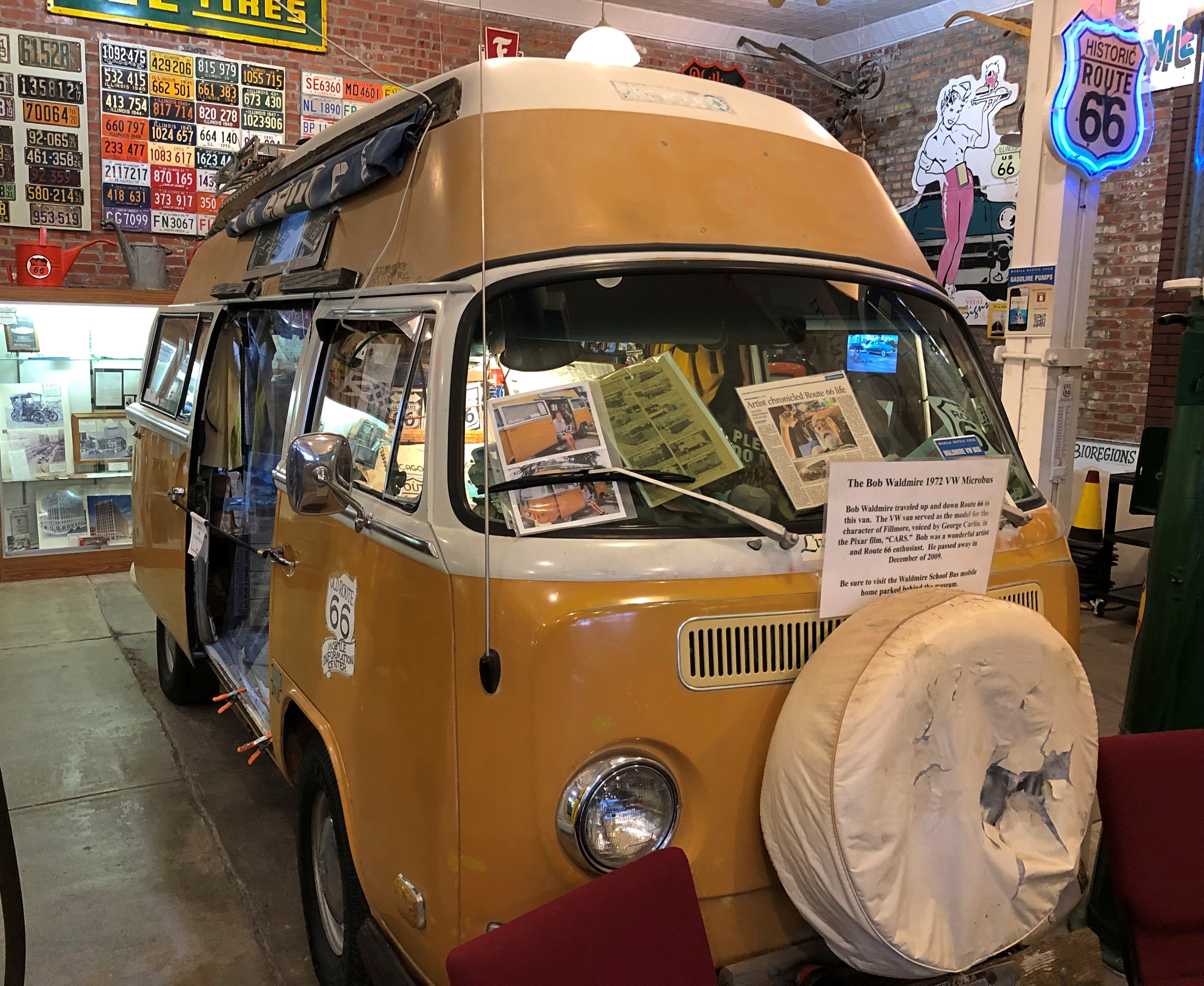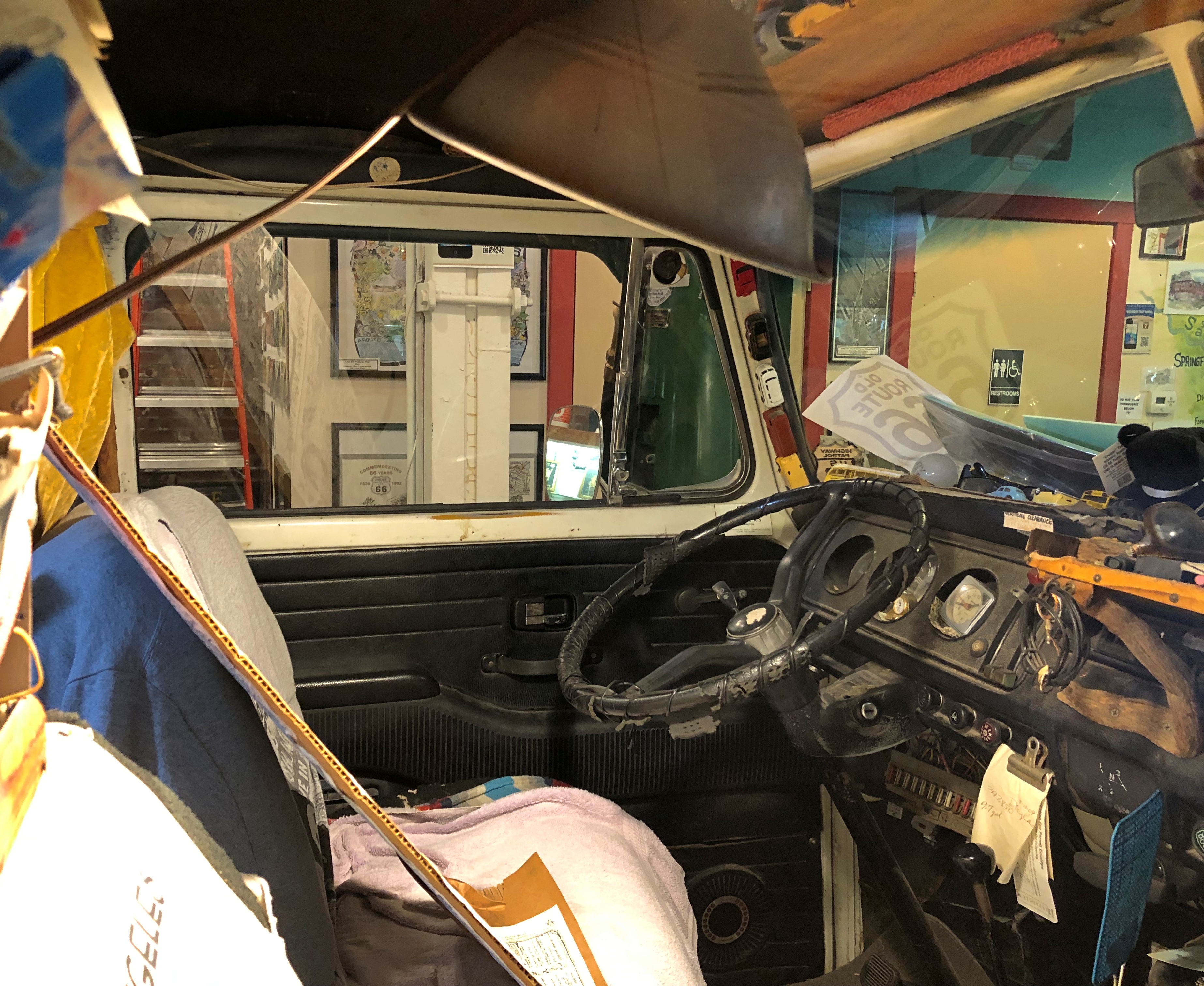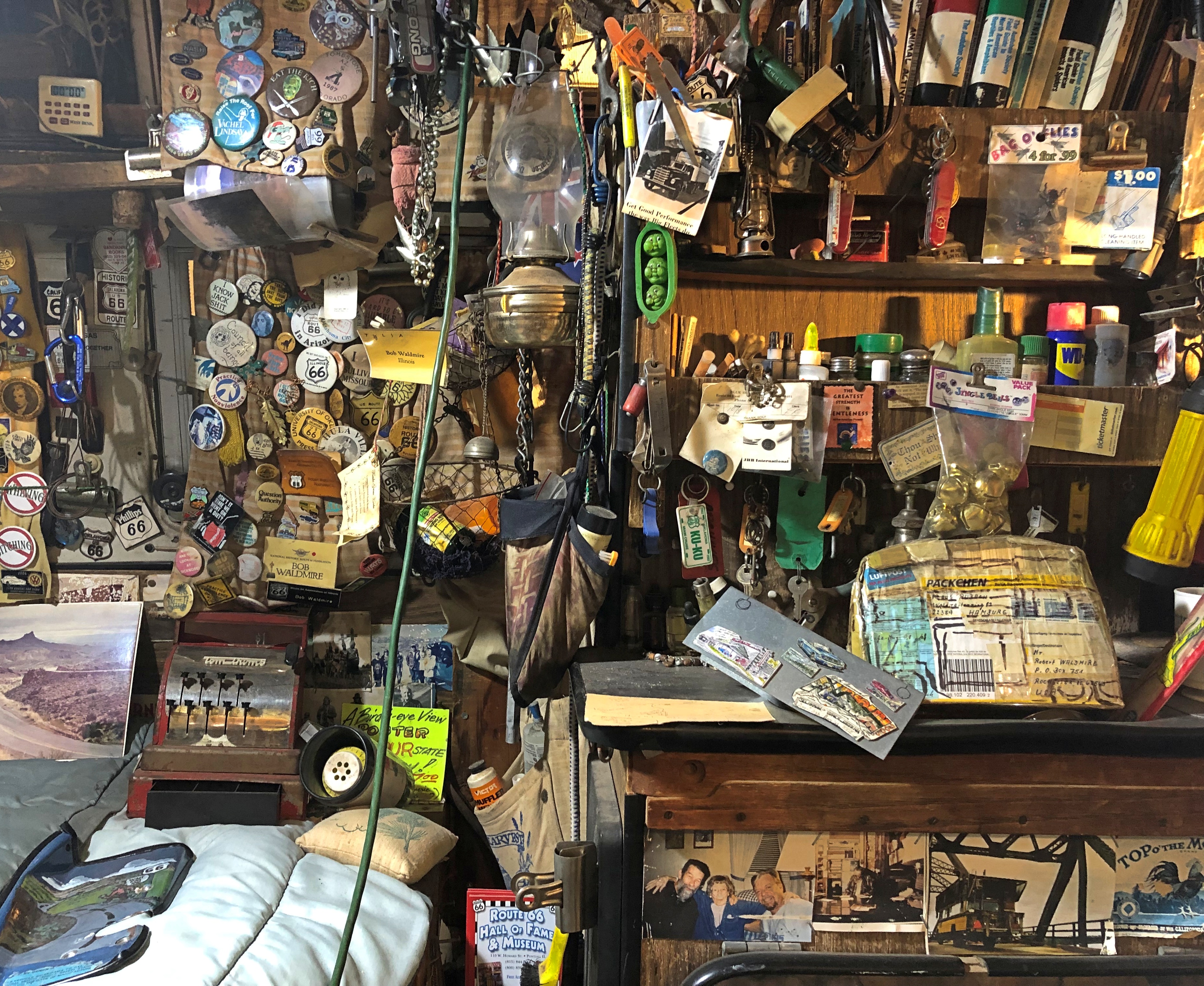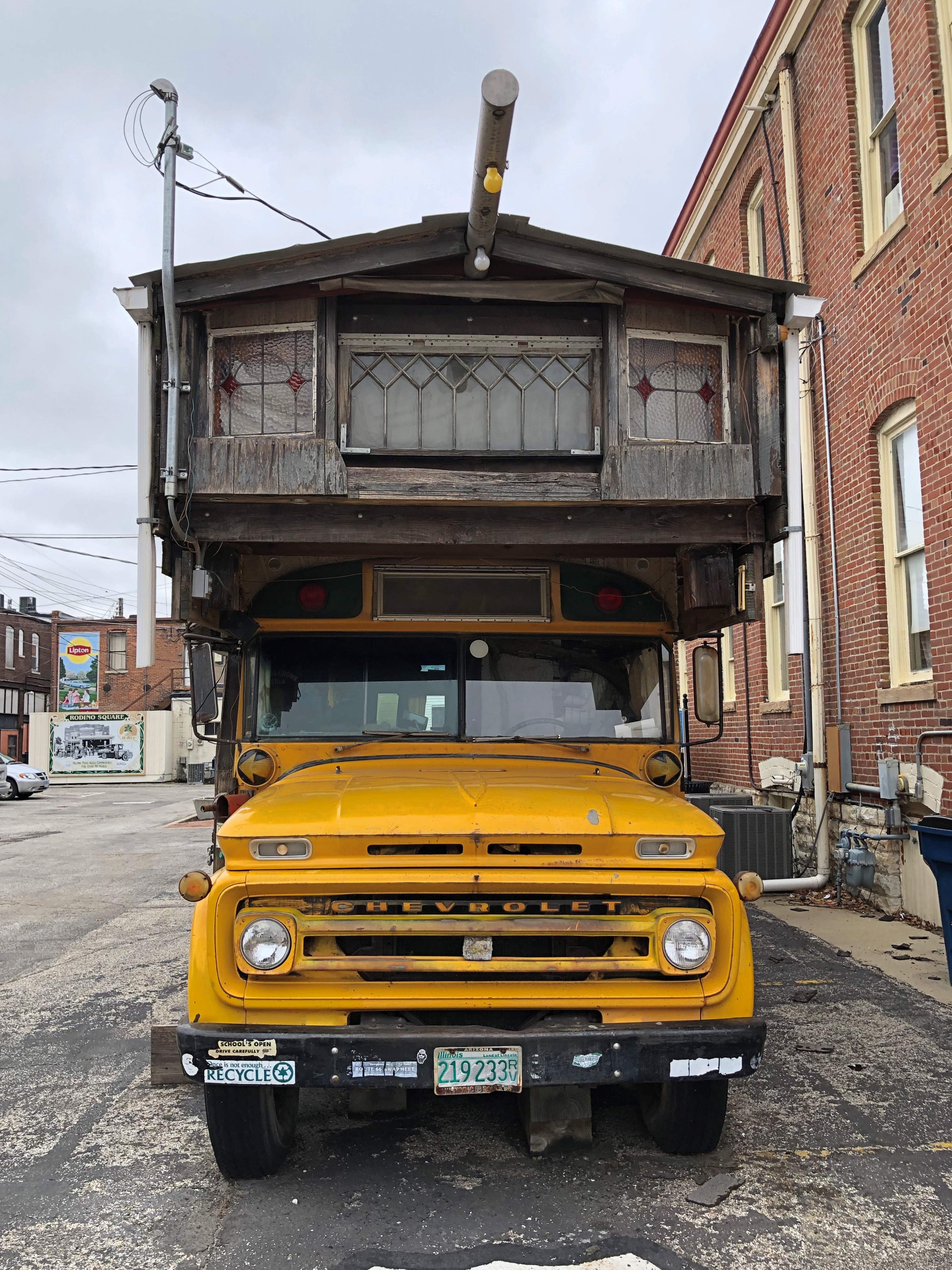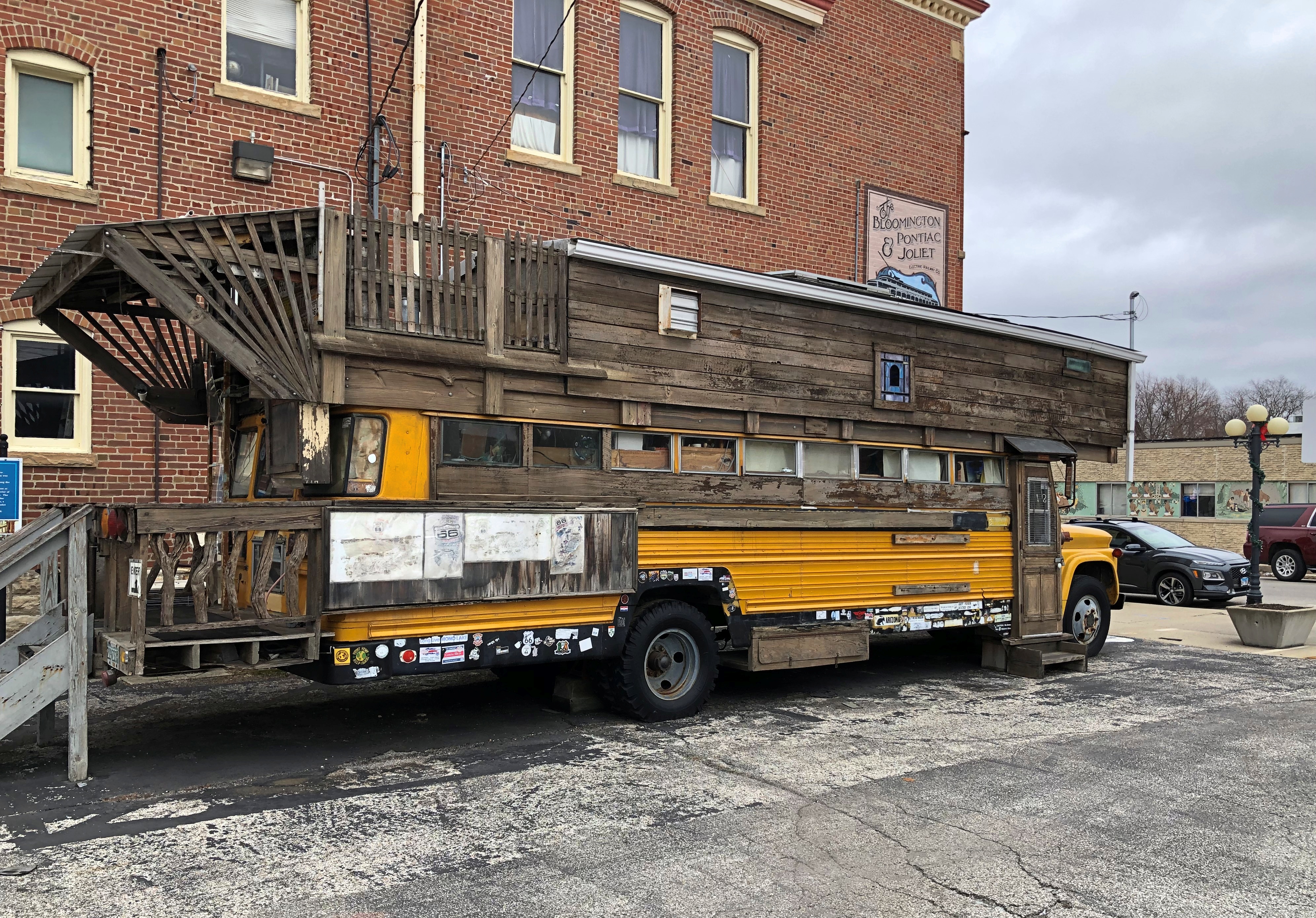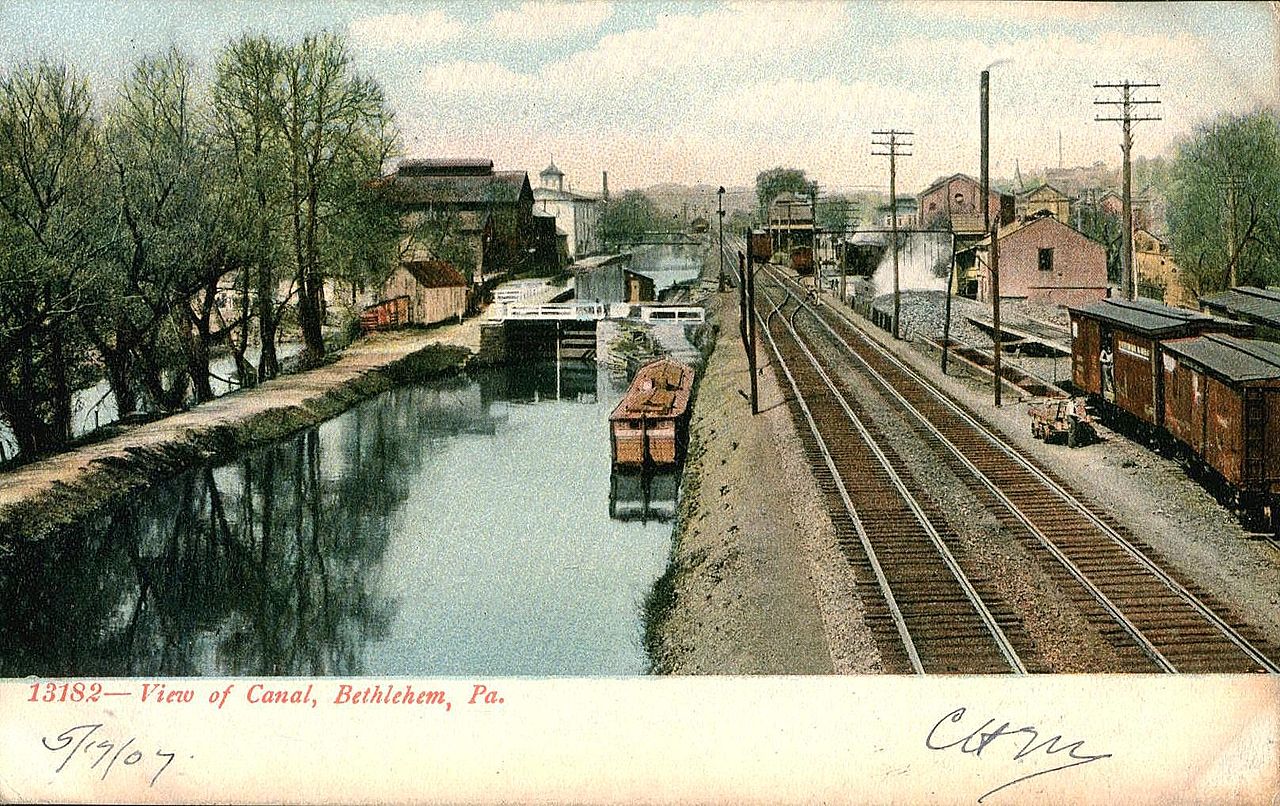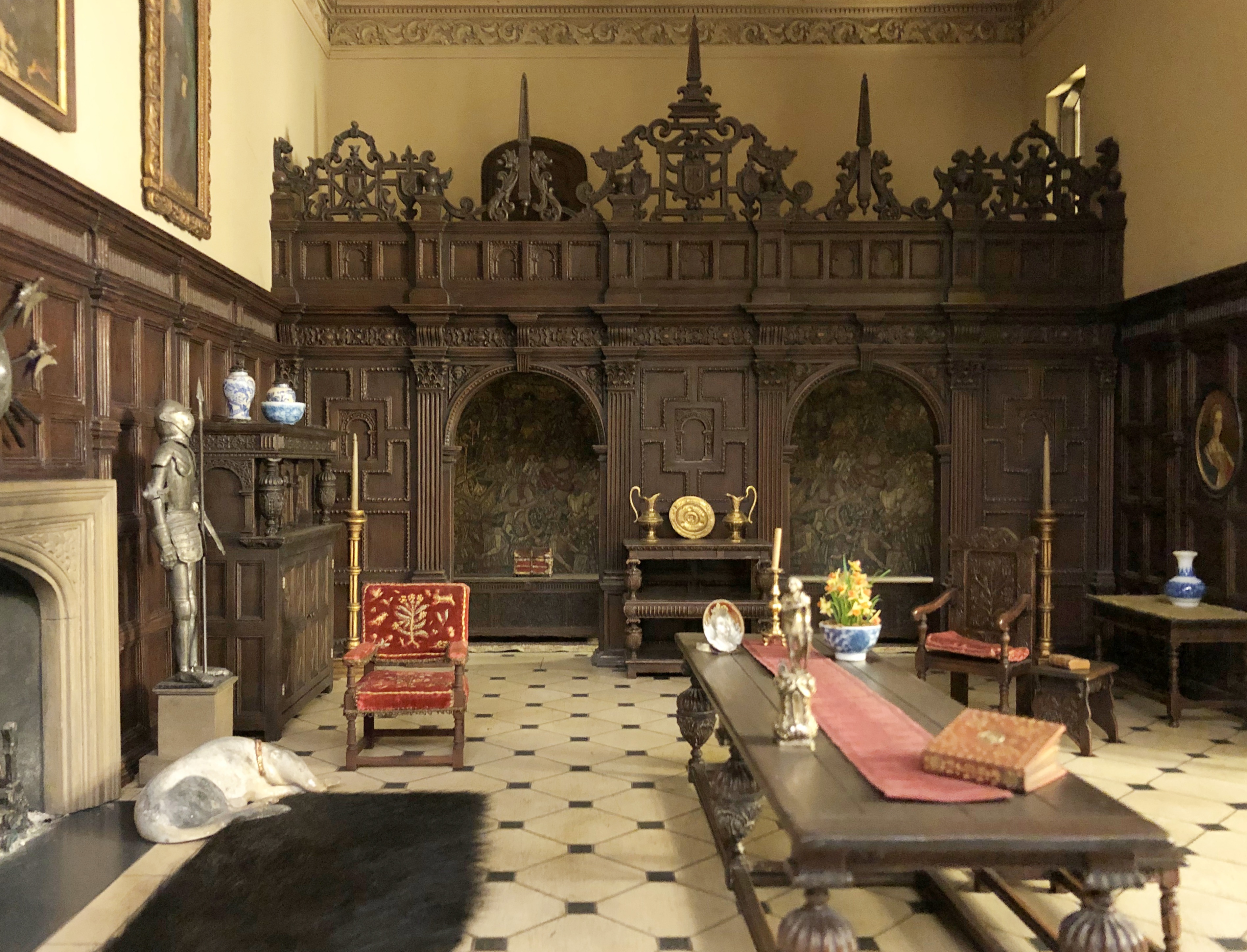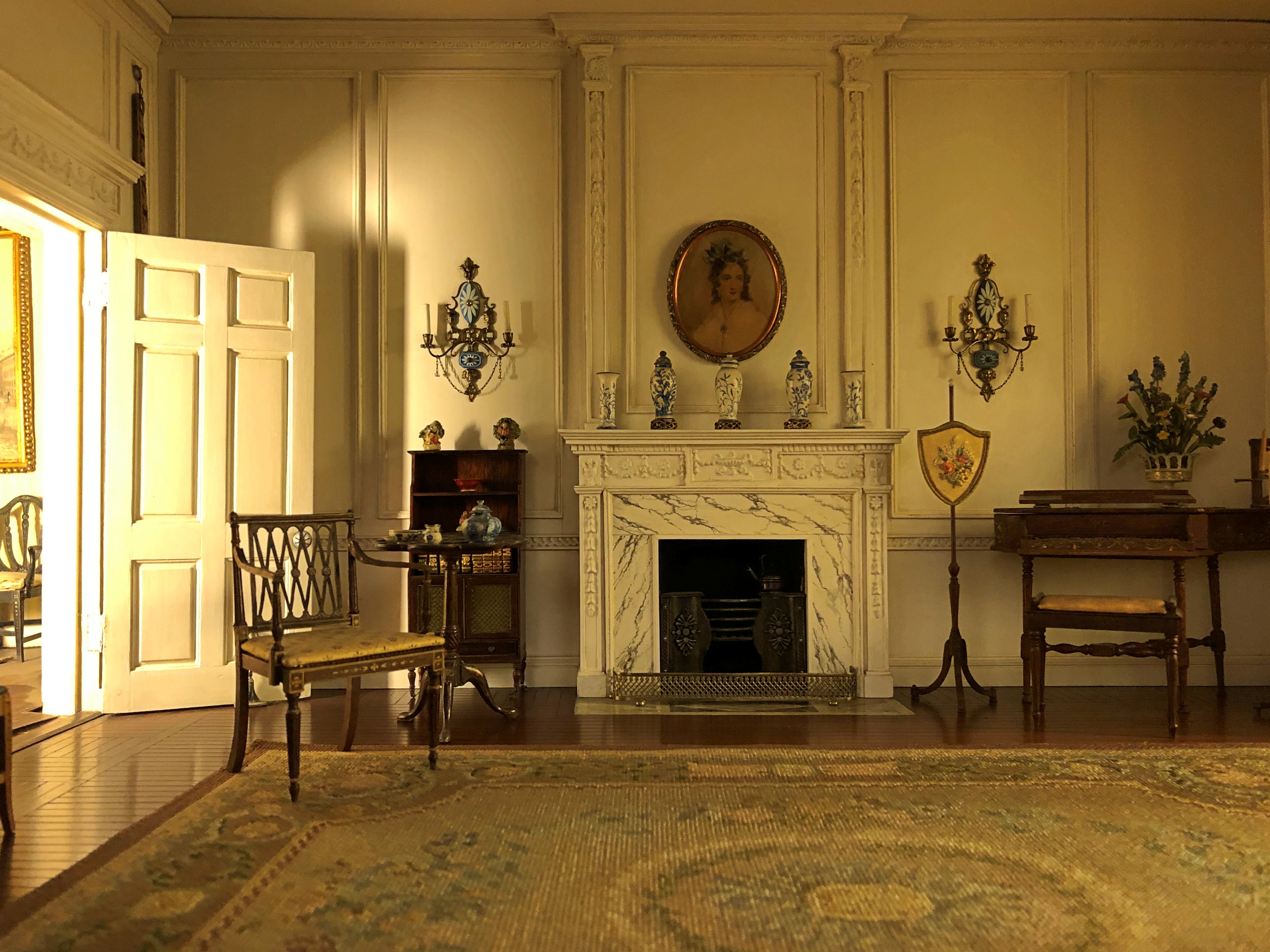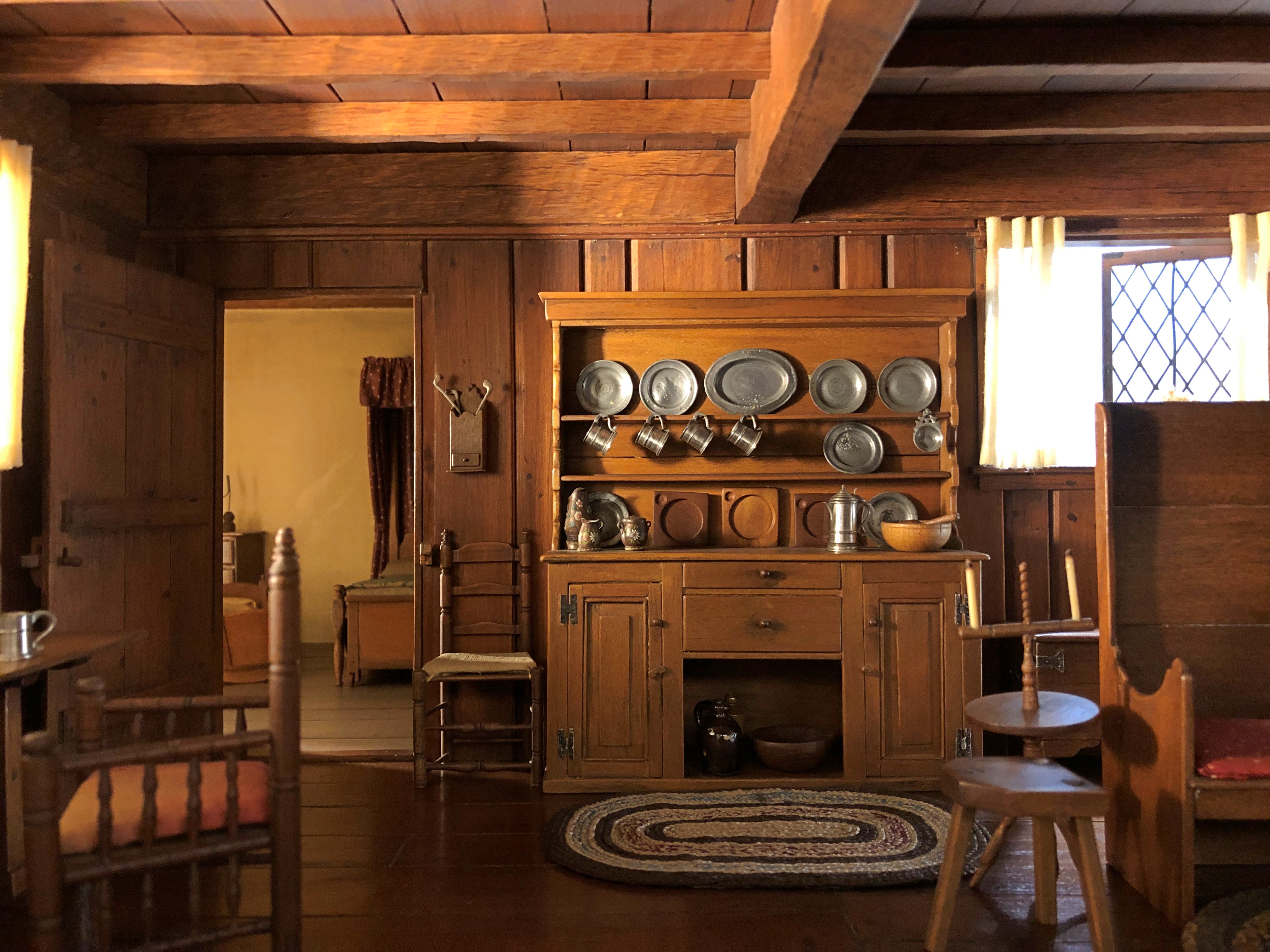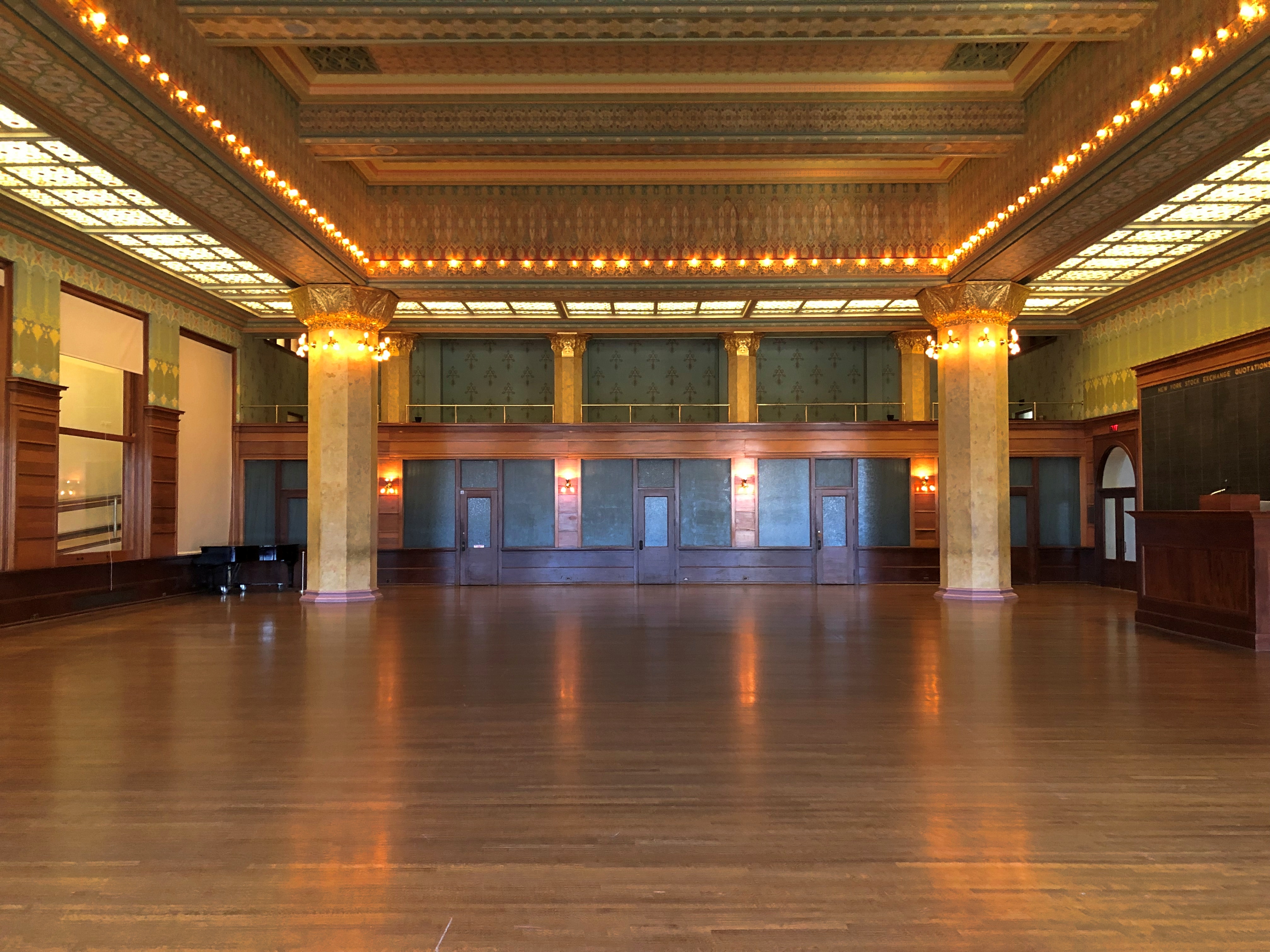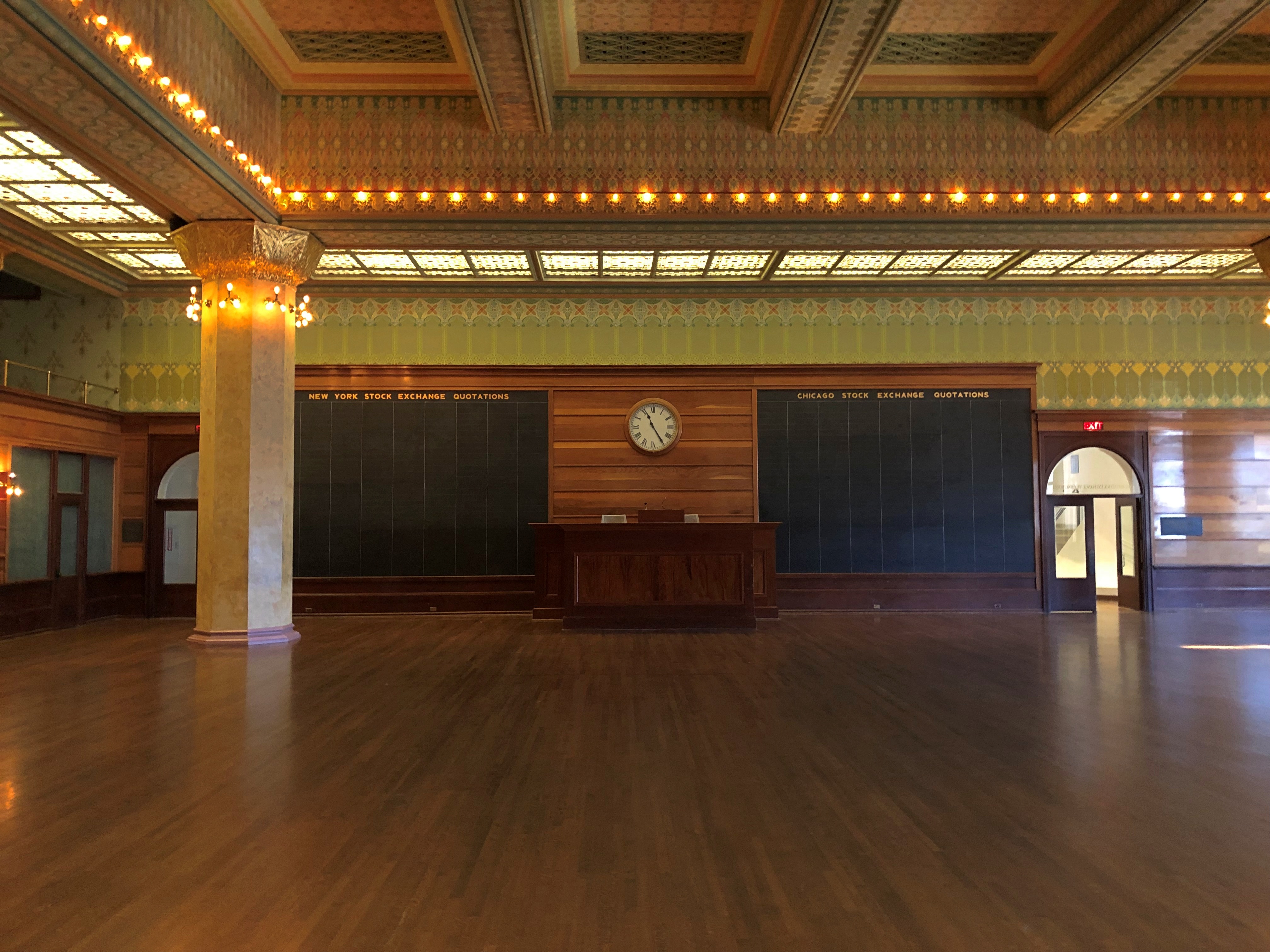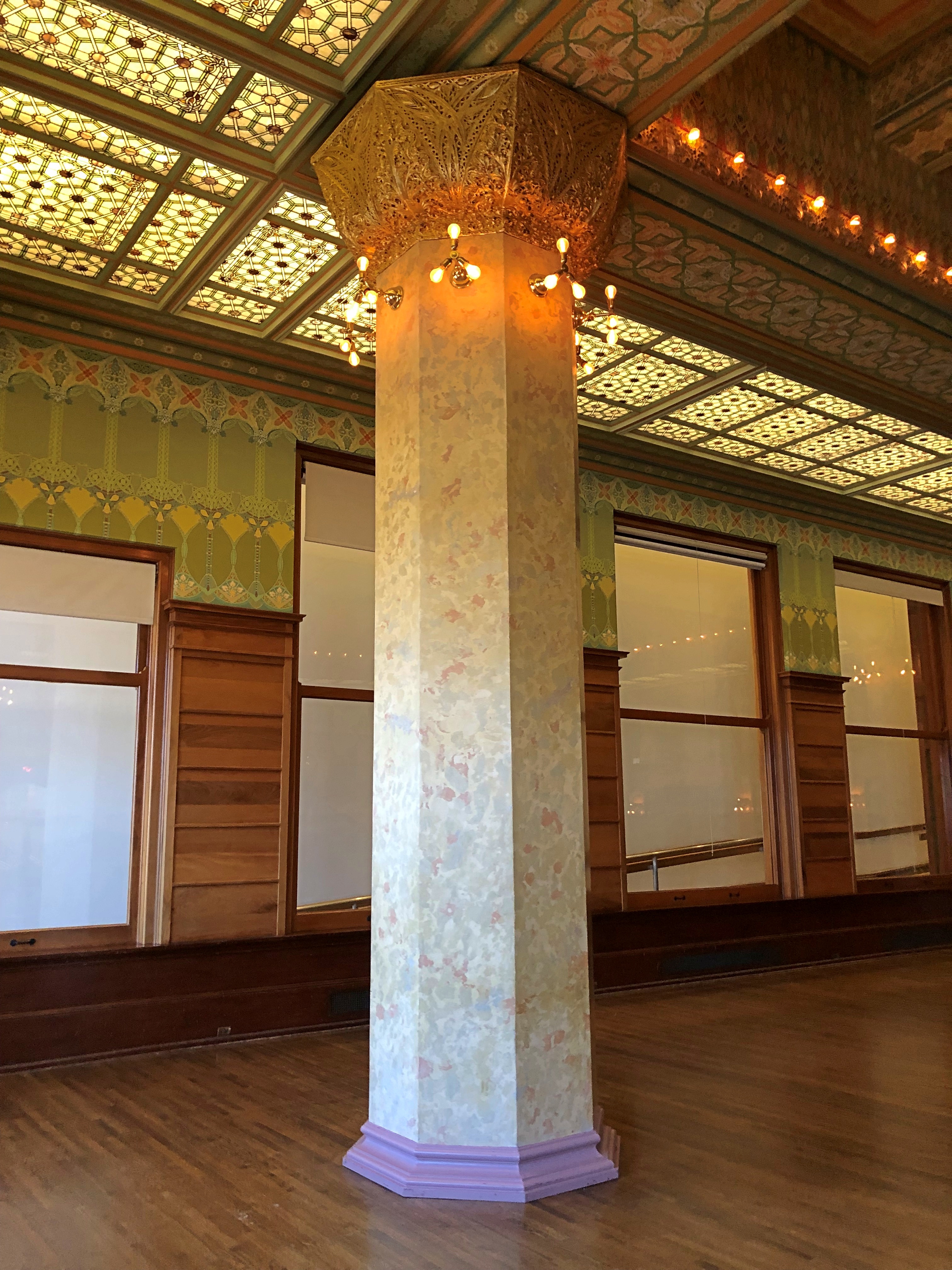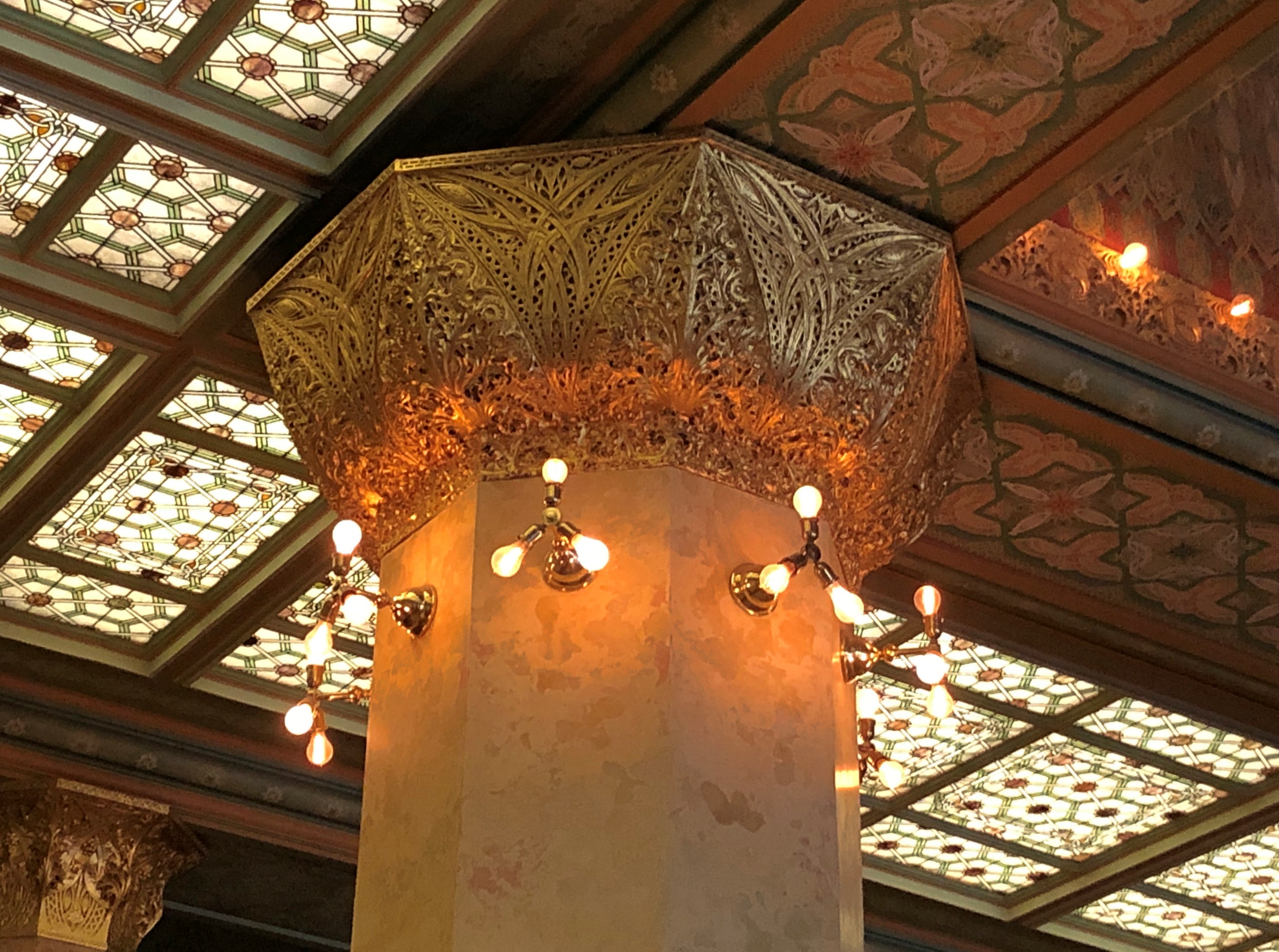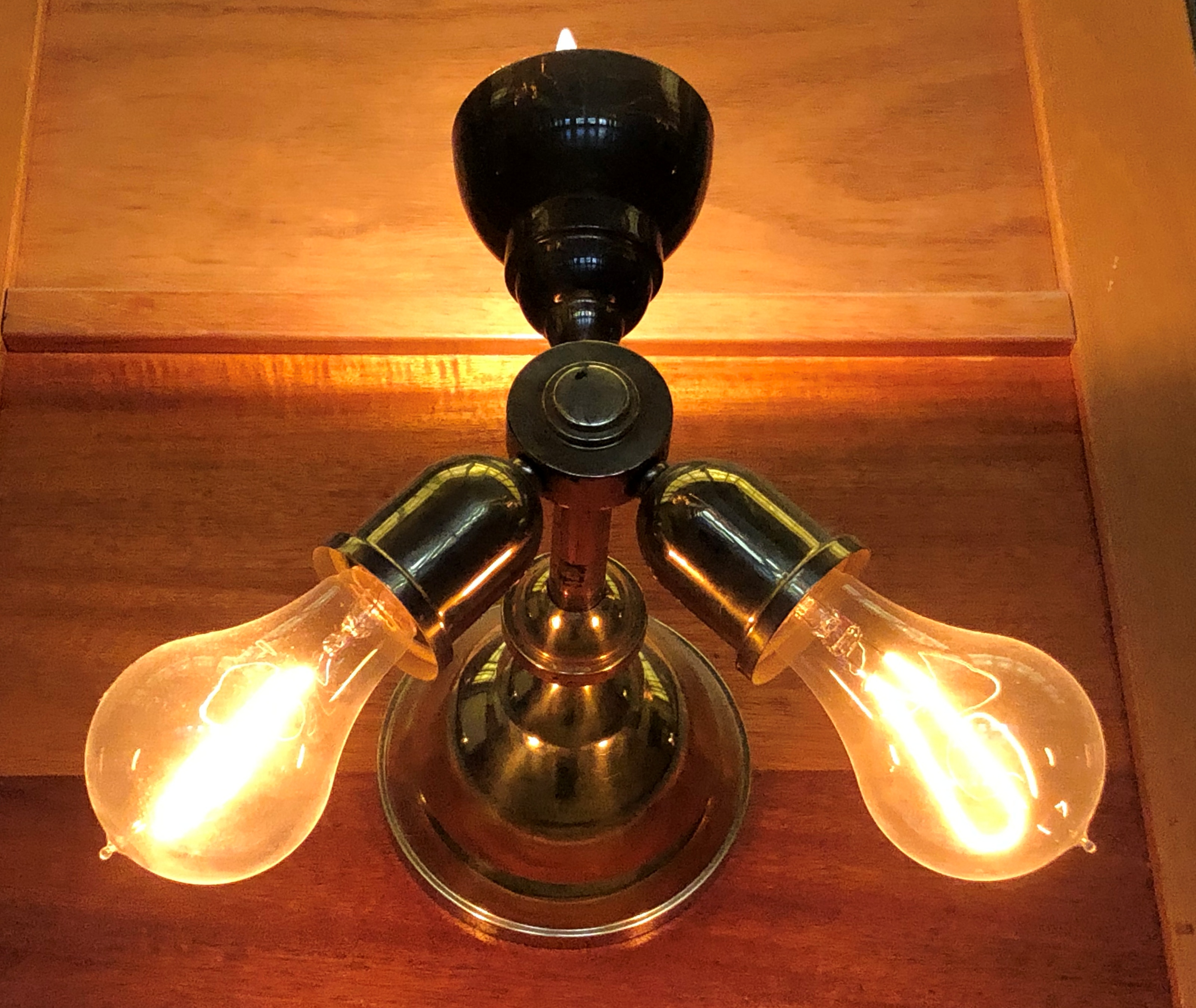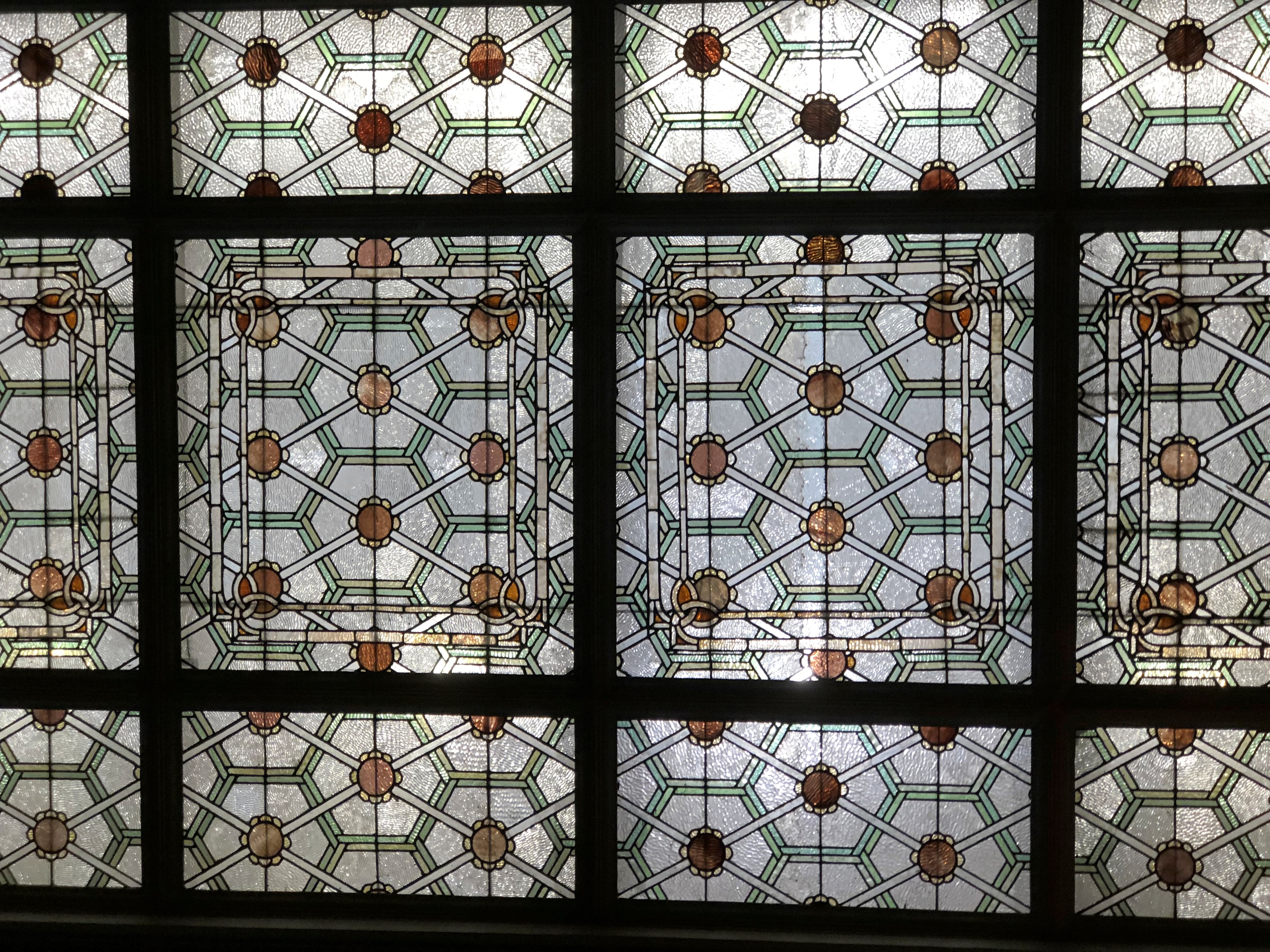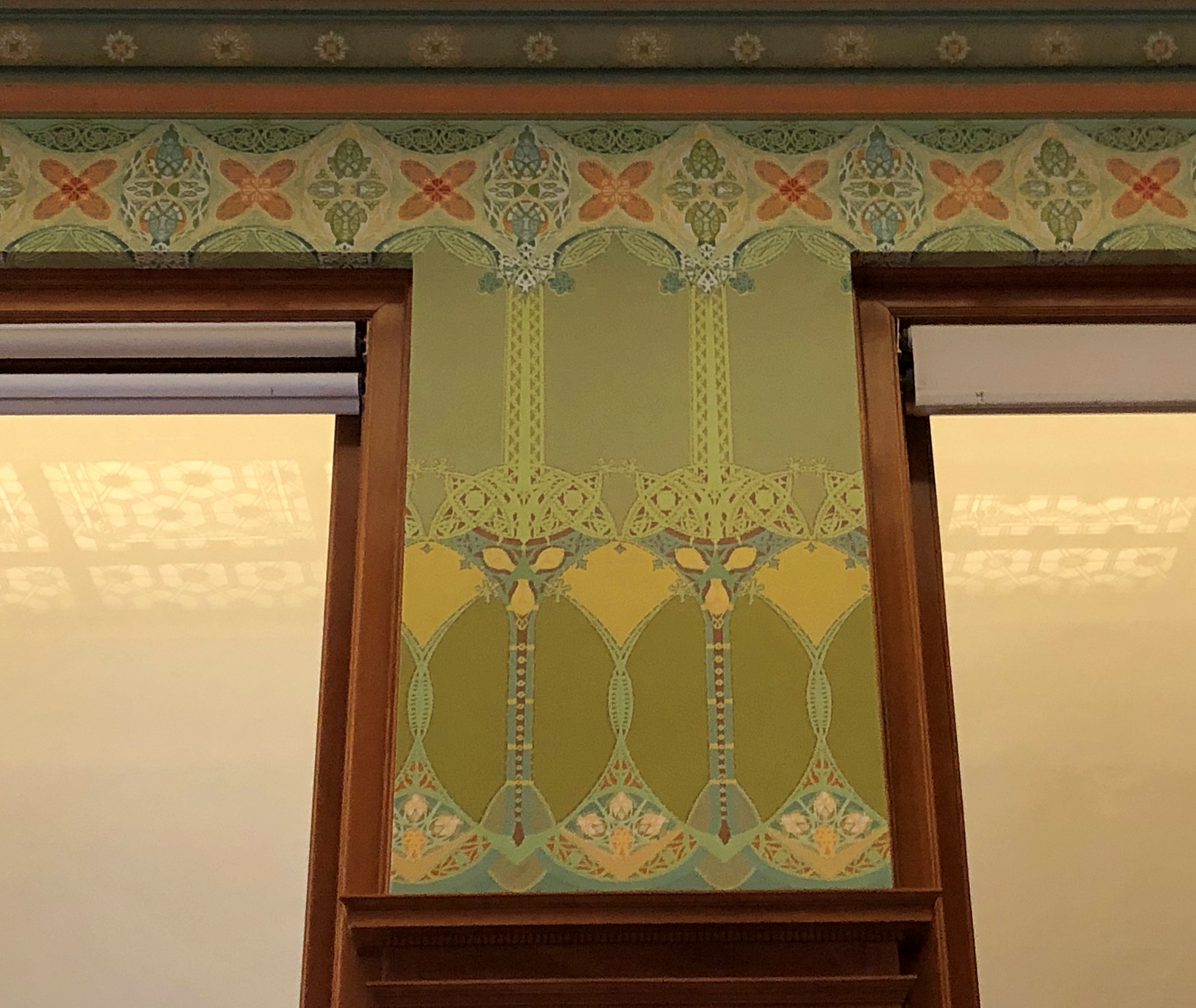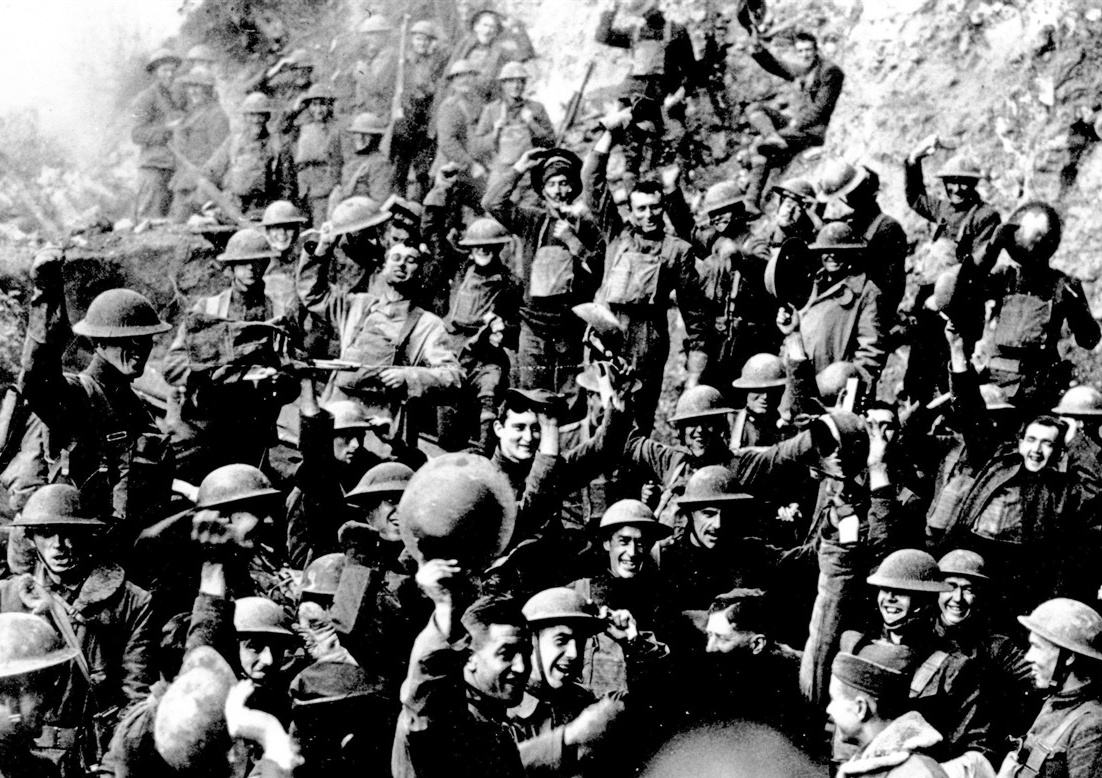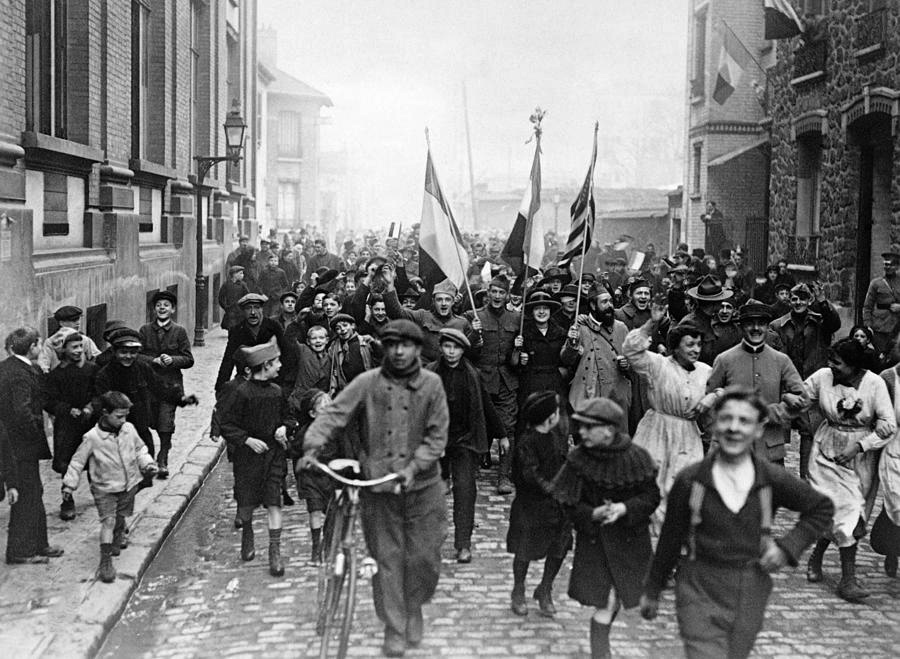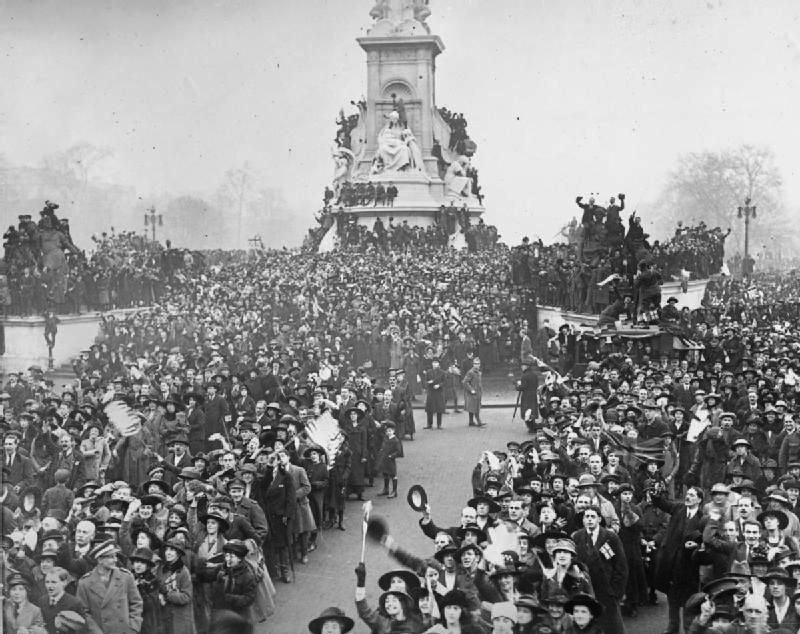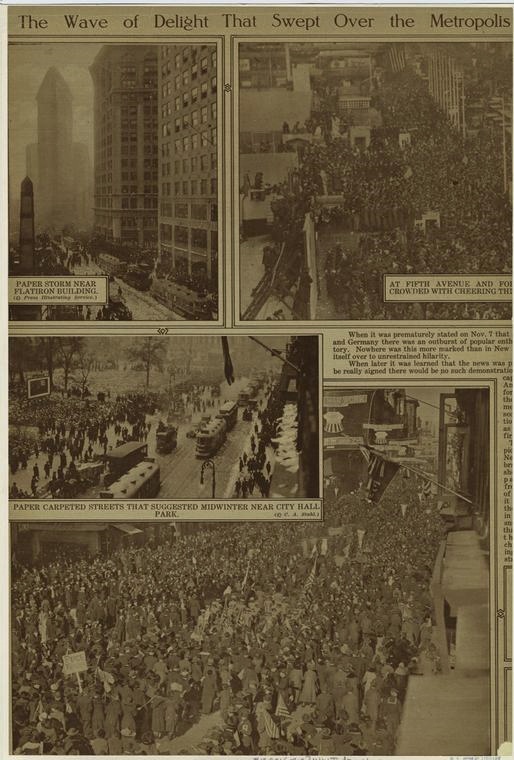Back to posting on January 17, out of respect to the legacy of Dr. King, because a holiday’s a holiday, and also since it’s nice to have a little time off not long after a sizable stretch of holidays, which can be a bit tiring.
We’re just ahead the pit of winter, but for now anyway the weather isn’t that bad. “Pit” is an inexact term, of course, but I think of it as the last week of January and the first one of February, more or less. Since the Christmas freeze, temps have been more moderate, but I expect another gelid blast sometime soon.
The following is a reminder that, once upon a time, department stores were the disruptors.
“The development of the department store posed a serious threat to smaller retailers,” explains the Encyclopedia of Chicago. “Many small merchants tried to rally the public against the new behemoths, but they failed to gain much support. Rather than rally to the side of traditional merchants, Chicago shoppers embraced the new form of retail.
“The opening of the new Marshall Field’s State Street store in 1902, only a few years after anti–department store protests, signaled that this newer type of institution had won the admiration of consumers. The opening was a sensational event, and the store decided not to start selling items on its first day of business so that more of the eager public would be able to pass through.”
Ah, if only passing through the building were quite as awe-inspiring here in the fraught 21st century. Still, a visit has its moments of visual splendor. If you look up.
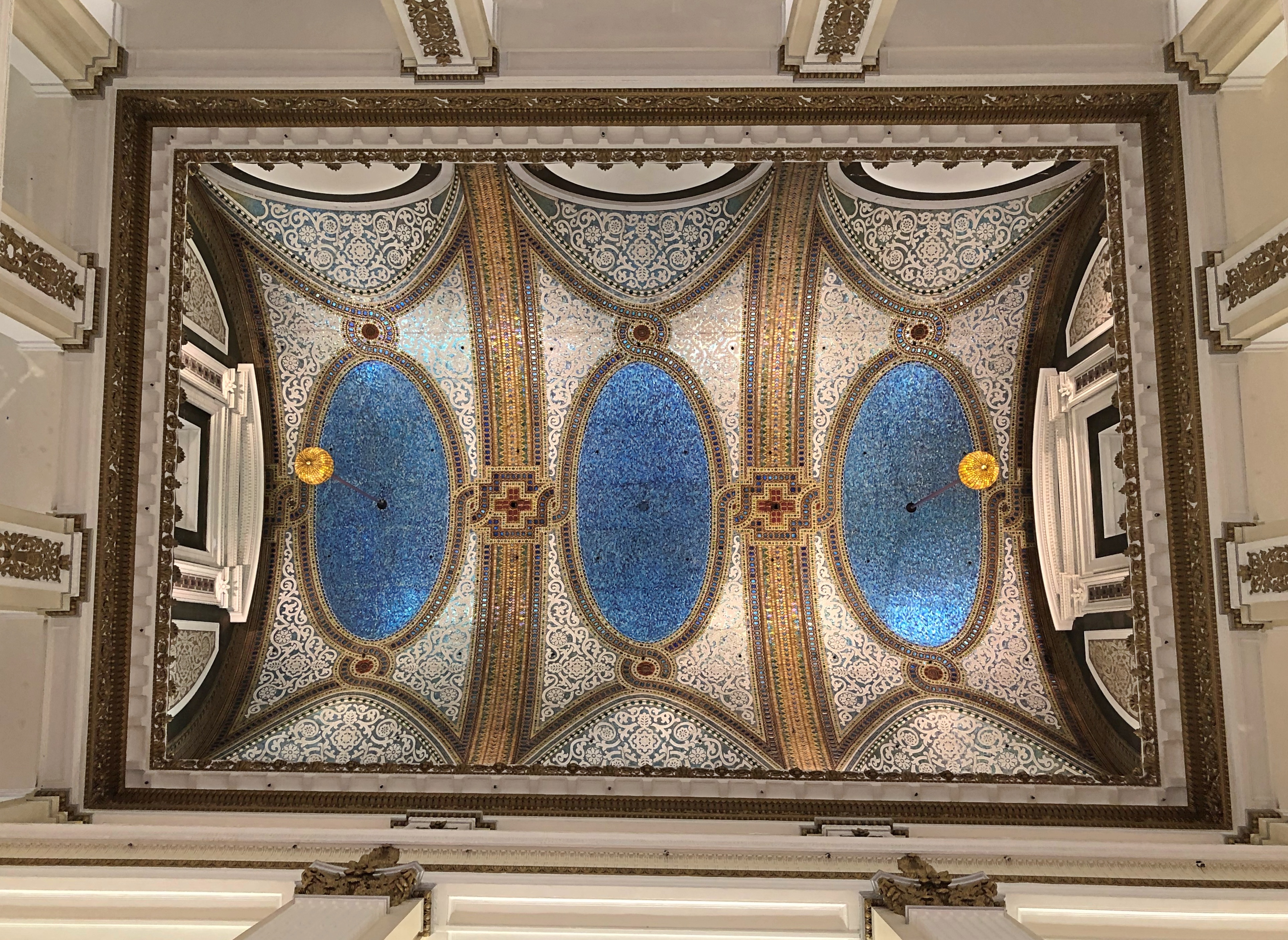
I need to spend more time looking this masterpiece. In person, I mean. Closer views are available on higher floors, but it’s a wow even from the ground floor. Worth the crick you might get putting your neck in just the right position to see it.
“The highlight of the Marshall Field store was the Tiffany Dome (1907), a glass mosaic covering six thousand square feet, six floors high,” EOC says.
Not just any glass, but a special kind of glass that Tiffany & Co. had just invented. State-of-the-Victorian-art amorphous solids in a glassy myriad of hues, in other words.
The Marshall Field Building’s other yawning space – a building that takes up a city block has ample room for yawning spaces – is worth the uplook too.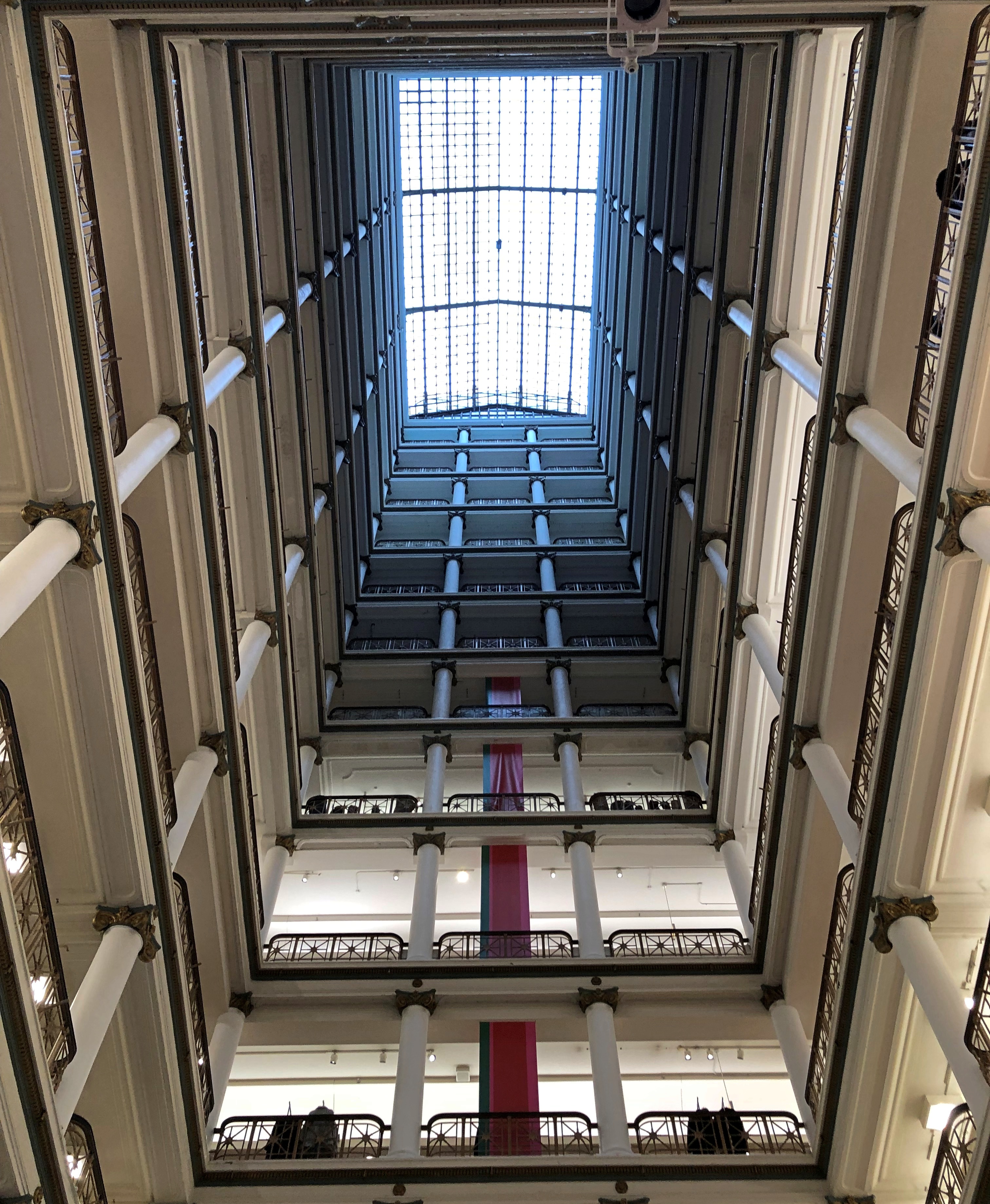
A building of this kind also has a practically limitless supply of engaging detail. Some of it is literally underfoot, and by literally, I mean literally.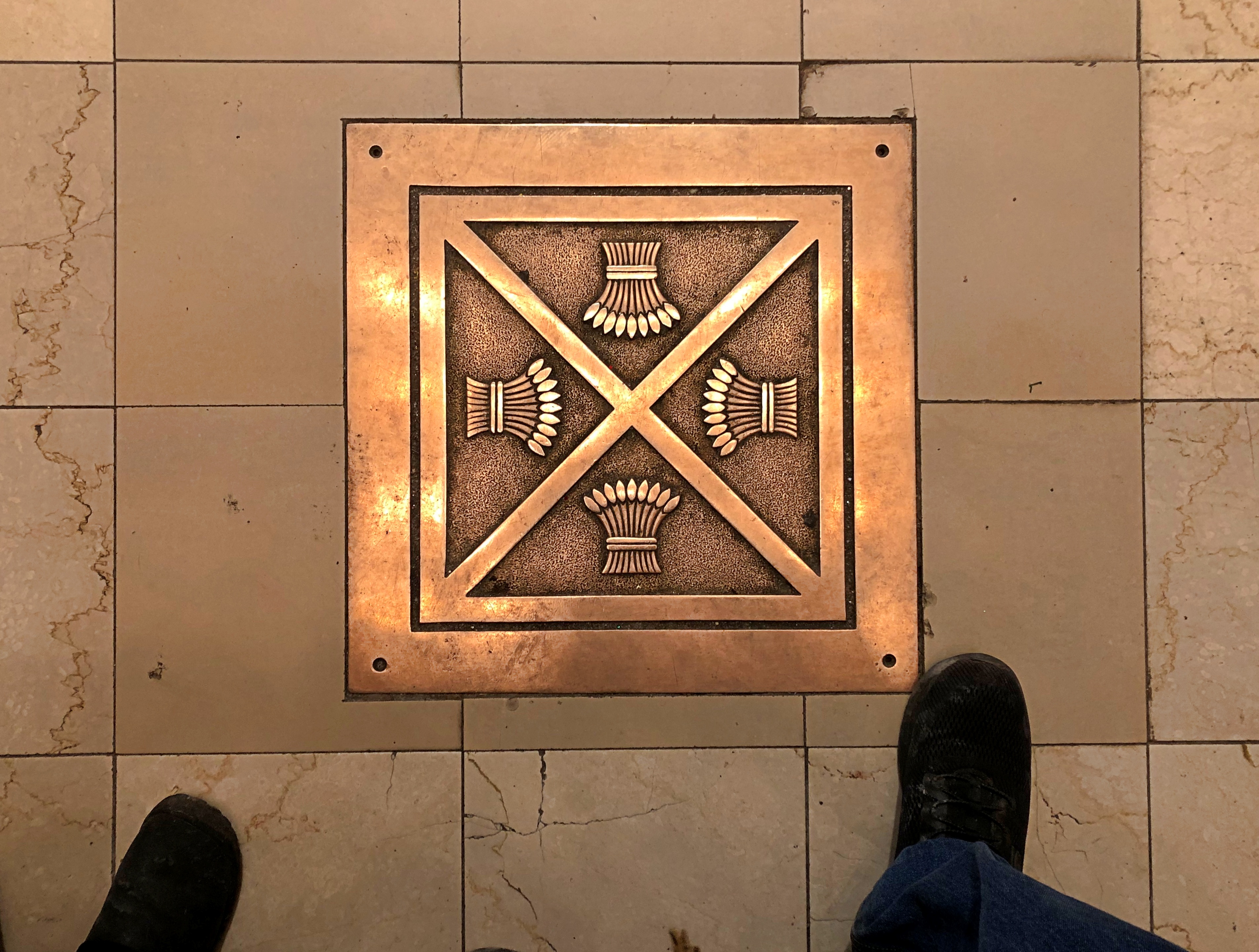
Back on the seventh floor, not long after noon, we wandered through a not particularly busy clutch of quick-service restaurants. At some point, department store management erased the longstanding and high-quality casual food service in the basement, and reconfigured parts of the seventh floor for food service.
Near the restaurants is a corner with floor-to-ceiling windows. Hard to pass those up, so we didn’t. We took in the views from northwest corner of the building.
Looking north on State St.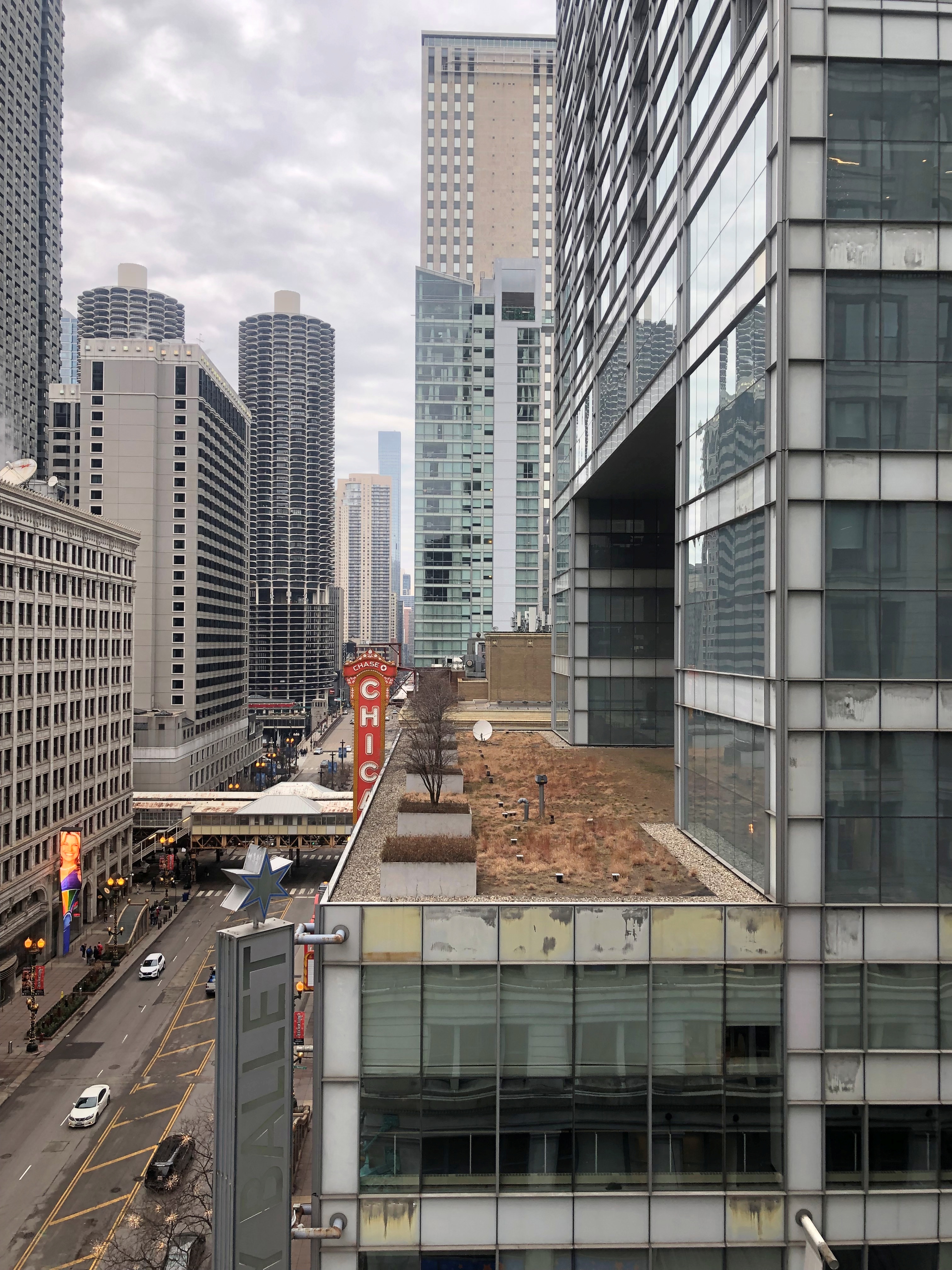
Looking west on Washington St. 
A few years ago, the ornate venue originally known as the Oriental Theatre, which started as a 1920s movie palace, took a new name, Nederlander. After theater impresario James M. Nederlander (d. 2016). Doesn’t he count as a New Yorker? Guess his company would argue that it is national, as indeed it is.
Elsewhere on the seventh floor is a pocket-sized, plain hallway with a small exhibit of figures from Marshall Field Christmas windows on State Street, which were as much holiday tradition at the store as decorating the Walnut Room or hiring a Santa Claus, with thousands of Chicagoans and tourists seeing the windows every year and developing fond memories of the place.
As recently as 2015, the windows were inventive expressions of the window designers’ art.
The items on display in the hall aren’t particularly old: most are from this century. Such as from 2004.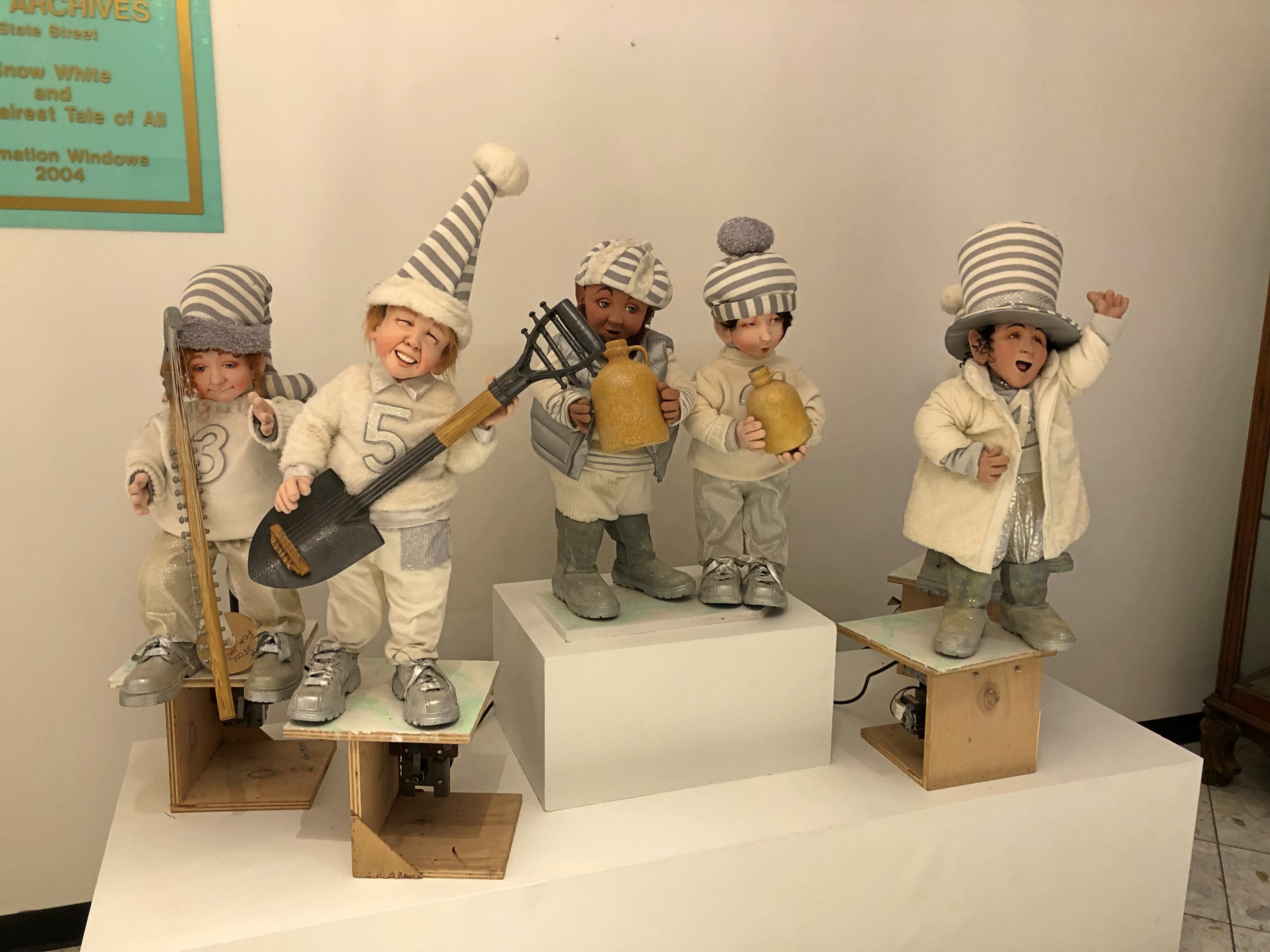
2006.
A luminous creation from 2005.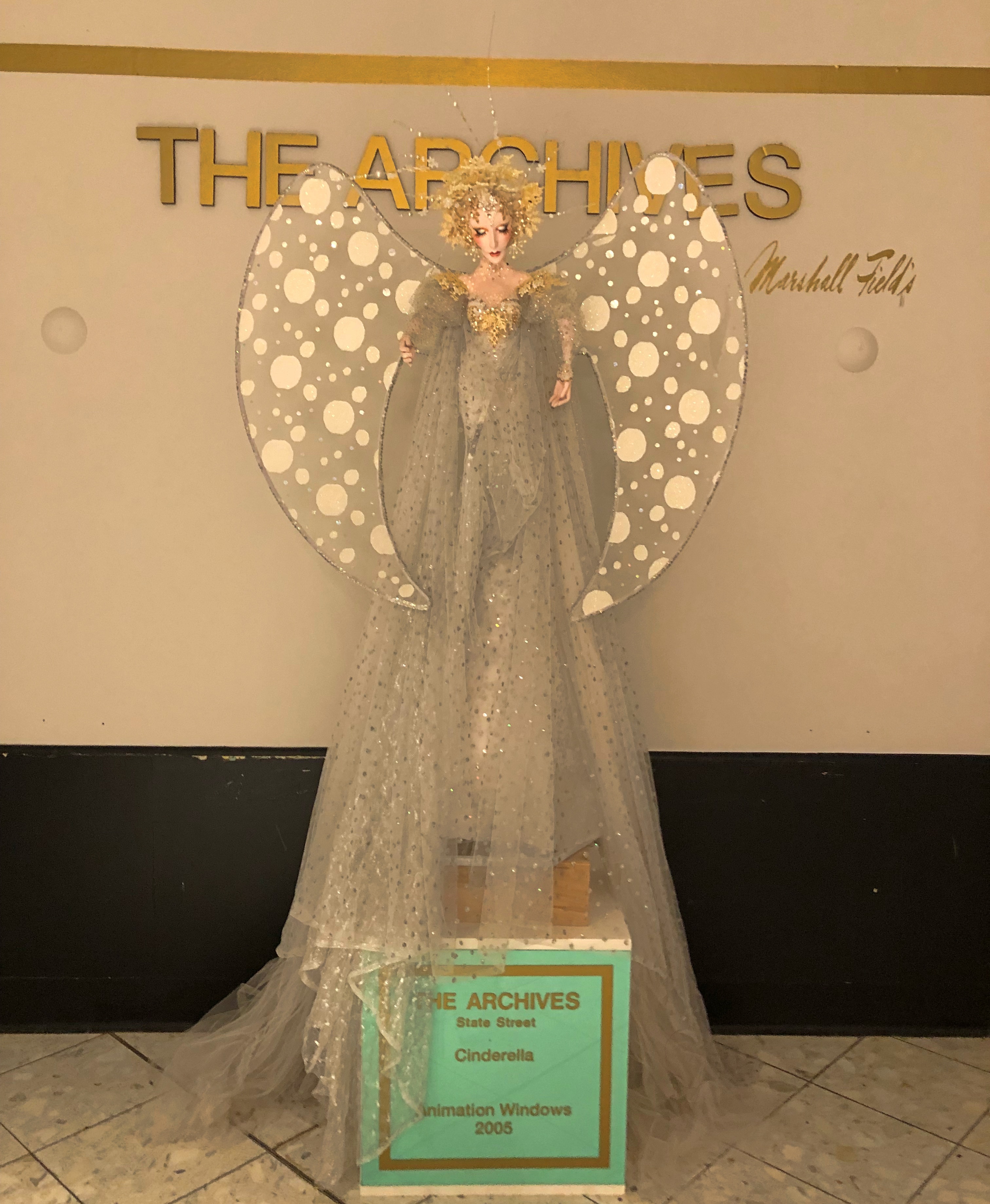
I could write more – say, 1000 words – contrasting these artifacts with the 2022 State Street Christmas windows, but I don’t need to. Here’s one of the storied windows this Christmastime.
One could take the current owners of the building to task for this diminished creativity, but it isn’t the cause of anything, only a symptom.
I can’t end on that sour note. 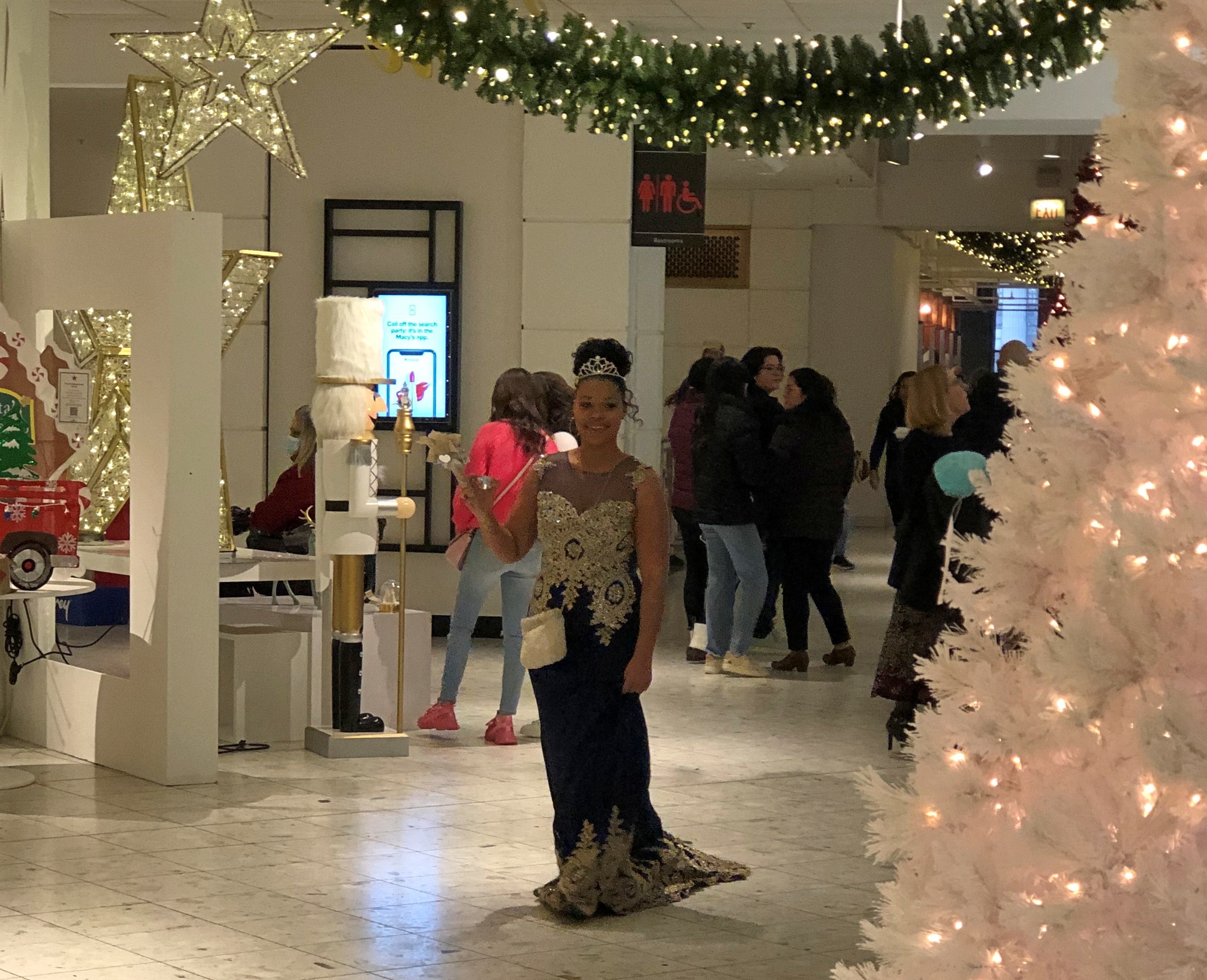
While taking pictures at an elegantly decorated part of the seventh floor, I caught an image of a passing lass, elegant as her surroundings.
